Goes Easy On The Pockets!
Review Summary
The Antec GX330 is a budget-friendly mid-tower PC chassis with aggressive styling, LED lighting, and a built-in fan controller. It caters to users seeking a stylish yet affordable option with ample cooling possibilities.
Hours Tested: 17
Overall
-
Design - 7/10
7/10
-
Value - 8/10
8/10
-
Performance - 9/10
9/10
-
Features - 8/10
8/10
Pros
- Aggressive and bold design
- Built-in fan controller
- Ample cooling options
- LED lighting for aesthetic appeal
- Support for multiple fans and liquid cooling
- Spacious interior with cable management options
- Budget-friendly pricing
- 2-year warranty
Cons
- Top panel removal for fan installation can be less user-friendly
- Lack of rubber grommets in cable management cutouts
- Bold LED lighting may not suit those preferring a more subdued look
Antec has sent me their 4 products for review purposes. Today, I will test their budget-level PC chassis, the Antec GX330. It has aggressive and bold looks, yet it is a moderated mid-tower chassis aimed at users who can’t afford high-end PC chassis yet want to have style and functionality at a much lower price.
Key Takeaways
- Antec GX330 is a budget-friendly mid-tower PC chassis with aggressive styling, a built-in fan controller, and ample cooling options.
- It is ideal for users seeking a stylish and functional mid-tower chassis on a budget, offering features like LED lighting, fan control, and multiple cooling possibilities.
- It is not suitable for users looking for a compact or minimalistic design, as GX330 emphasizes bold aesthetics and robust cooling options at a lower price point.
- Why you can trust Tech4Gamers: Our reviews are based on dedicated hands-on testing by our team of experienced hardware experts. Find out more about how we test.
Here are the specifications of the Antec GX330.
| Model | Antec GX 330 |
| Form Factor | Mid-Tower |
| Colour | Black |
| Drive Bays | 1x 5.25” Drive Bay (Removable), 2x 3.5” HDD Bay, 2x 2.5” SSD Bay |
| Motherboard Compatibility | Standard ATX, microATX |
| Cooling System | 7x 120mm Fan Mounts, 2x 120mm Blue LED Fan Included |
| Liquid Cooling Support | 1x 120mm Radiator on the rear, 1x 360mm Radiator on the front with ODD removed |
| Front I/O Ports | 1x USB 2.0, 1x USB 3.0, Audio Ports |
| PCIe Slot | 7 |
| Maximum Graphics Card Size | 400mm |
| Dimensions | 490 x 202 x 492mm |
| Net Weight | 5.9 Kg |
| Warranty | 2 Years |
Packaging and Unboxing
The chassis comes in a standard brown coloured cardboard box packing.
Box Contents
Antec gx330 review has included 5 zip-ties, various screws for mounting storage drives, fans, motherboard etc, and user guide.
Design
The antec gx330sparks an immediate association with PSU, underscoring a robust brand perception. Nonetheless, Antec extends its prowess beyond power supply units, as highlighted in the introductory section. This exploration delves into my firsthand experience with the GX-330 Window Black High, a mid-tower chassis boasting a sturdy build, bold aesthetics, and practical cooling features. Constructed from a combination of steel and plastic, the chassis exhibits solid build quality, complemented by the inclusion of a built-in fan controller, a noteworthy feature within the budget-friendly chassis category.
Turning our attention to the front side, the chassis presents a stylish panel reminiscent of a stormtrooper’s aesthetic. Positioned on the top side is a front I/O panel housing a USB 3.0 port, USB 2.0 port, headphone and microphone ports, and a reset button. Notably, one USB port is fully covered without any connectivity option, while a mesh on the front panel acts as a dust filter. The lower half features a mesh covering a dust filter up front, flanked by plastic on the left and right sides in a designed manner. The Antec brand name adorns the lower end of the upper half, and an LED strip runs the length of the front side, emitting a subtle blue static color.
To access the interior, one can remove the front panel by gently pulling it out from the bottom portion, ensuring caution to avoid excessive force. It’s crucial to note that the front I/O ports are integrated into the top panel and are not part of the front panel.
Transitioning to the top panel, a single dust cover mesh spans its entire length, excluding the front area. At the rear side of the chassis, four insets resembling vents on both sides contribute to the bold aesthetics. The power button, marked with an almost A-like symbol, and a slider button for fan speed control are prominently featured on the front side of the top panel.
Examining the backside of the top panel reveals the controller panel on the far right side, accompanied by corresponding cables for front HD Audio, panel connectors, and USB cables. While this arrangement may not be the most user-friendly, it showcases the budget-conscious nature of the chassis. Four plastic feet on the bottom side, equipped with rubber mounts, provide stability on surfaces and can be removed as each is secured using a screw. These feet offer sufficient clearance for the PSU air intake, aided by a removable and washable dust filter.
On the rear side of the chassis, a 120mm fan mounting with protective mesh and wider holes is positioned, accompanied by 7 PCI expansion slots. A vented area on the right side of the PCIe slots promotes airflow. The standard ATX PSU mounting area is located at the bottom. The left side boasts a black-tinted window panel, secured with thumb screws, offering a view of the main motherboard tray side. Notably, the window’s tint requires internal lighting for a visible build.
Internal Look
Exploring the chassis’s interior, we find an open-style layout without a storage drive cage on the right side. Golden-coloured pre-installed motherboard mounting standoffs cater to micro-ATX, with an extra standoff provided by Antec.
The motherboard tray features a spacious cutout for easy CPU cooler installation. A 120mm Blue LED fan with a transparent body and blades adorns the rear, labelled with Antec on the motor hub. The mid-sheet showcases seven PCIe slots with thumb-screw-secured covers, highlighting good build quality.
The bottom side reveals a vented area for PSU mounting, accompanied by a dust filter. Rounded rubber pads ensure stable PSU contact with the motherboard tray. Challenges may arise during PSU installation due to the fixed storage drive shroud.
Connecting cables with a modular PSU involves passing them through the bottom cutout near the shroud cover and securing the PSU with four screws. A CPU cable cutout at the top aids cable management, and a top-side cutout accommodates front I/O panel cables.
Notably, there are no rubber grommets in any of the cutouts. The motherboard tray exhibits an inset design on the right side, allowing concealed cable management. A plastic stand, adjustable in height, secures heavy graphics cards.
The storage drive cage is placed under the fixed shroud cover, extending towards the front for front-mounted radiators and fans. A second 120mm Blue LED fan is pre-installed on the front’s bottom. A single 5.25″ drive bay is situated on the top right.
The chassis offers multiple fan mounts on the front, rear, and top, allowing for a total of seven fans to be installed. To install fans on the top side, the top panel cover must be removed, with latches securing it in marked areas.
The backside of the chassis features a similar side panel with no window, providing an inset for cable management. Two SSD brackets on the left side offer space for cable routing, and approximately eight cable tie spots are available.
On the bottom, an HDD cage with two caddies allows for installing up to four storage drives. The front and top panels are removable, providing a skeleton view of the chassis.
While no fan can be installed between the front panel and the chassis due to space constraints, fans on the top must be placed above the chassis, between the frame and the top panel.
Test Build
Following is the test build configuration to check this antec gx330 review chassis:
- Intel i7 8700k
- Asus ROG Maximus X Hero
- Ballistix Elite 2x4GB DDR4 @ 3000 MHz
- Cryorig H7
- Nvidia GTX 1080 FE
- Hyper X 120GB SSD
- Thermaltake Tough Power DPS-G 750W PSU
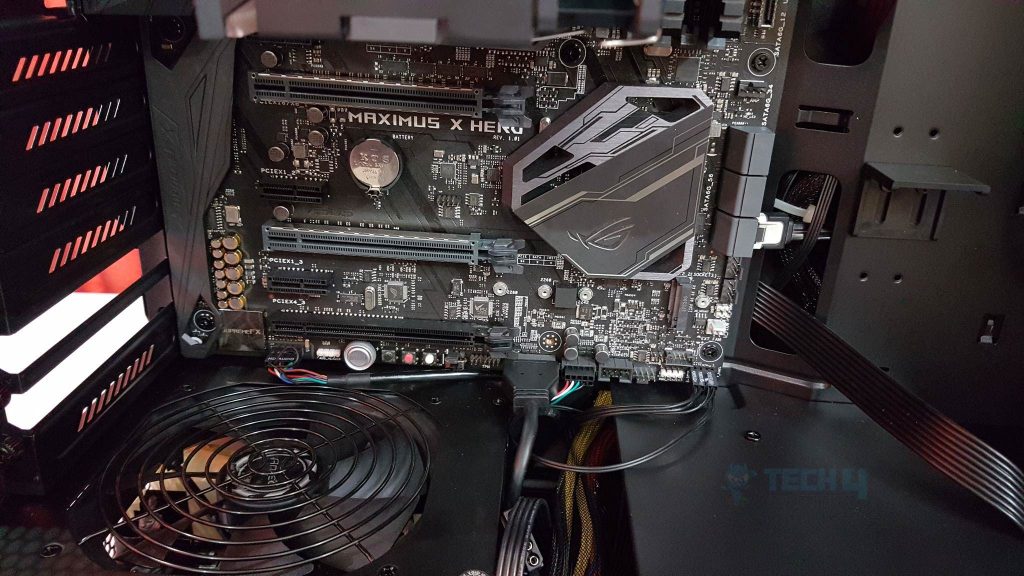
This setup is not a budget build but works for testing the chassis. Here are some tips:
- Before installing the motherboard, route the CPU power cable through the top left cutout above the motherboard tray.
- If the rear LED fan is connected to the chassis fan controller, install it with the power cable facing the backside for better cable management.
- Connect all required cables to the PSU (if modular) before placing it in the chassis. Pass cables through the opening on the left side of the storage drive cage.
- Fans can’t be mounted between the chassis frame and the front/top panel cover.
- Install 5” SSDs on dedicated brackets at the back, but remember SATA and power connectors can only go on the top side.
Overall, the build experience was smooth with no issues, and cable routing was done through the same cutout for PSU cables at the bottom of the motherboard. I used no other fan except the pre-installed two 120mm fans. It is not restricted, which is a good sign. Here are the pictures of the build.
Testing
Tested building performance with calibrated tools. Used Perfect Prime WD9819 anemometer and Fonseo Digital Sound Meter. Ambient temperature: 19°C. I ran the AIDA64 stress test for 30 minutes on CPU, FPU, and RAM. Checked the graphics card with actual gameplay.
Thermals
My chip runs at 4.8GHz with a max temperature of 72°C. The GTX 1080 FE hits 80°C, which is normal for its design, even reaching it easily in an open setup.
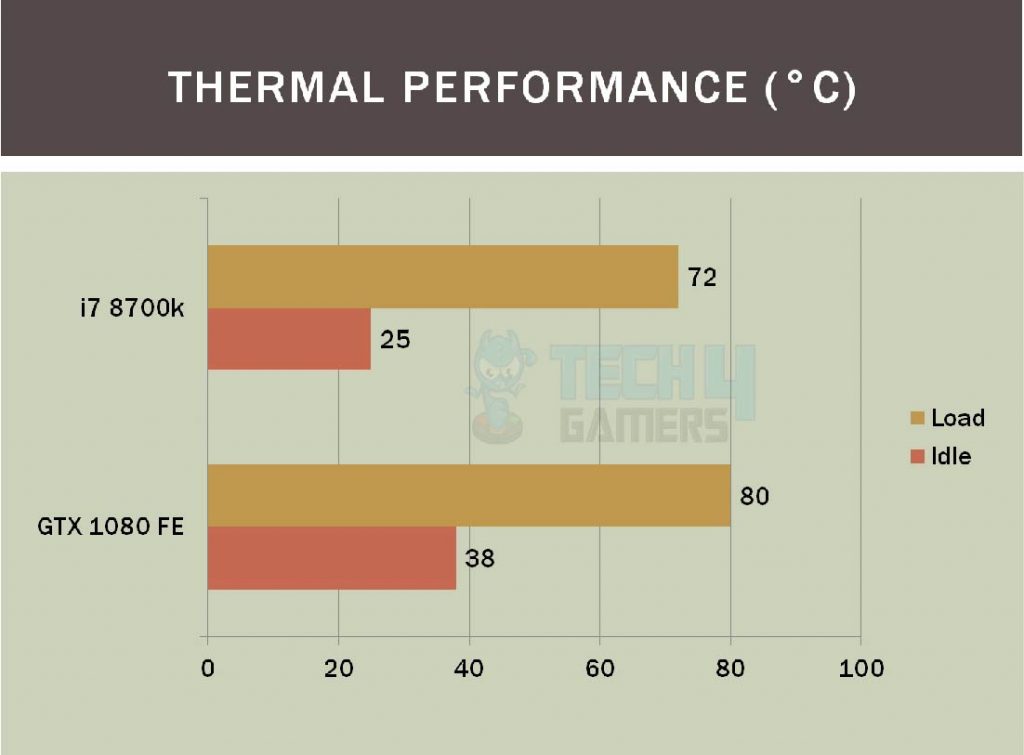
Acoustics
The system measured noise levels while idle and under load. It produced 18 dB(A) at idle and 42 dB(A) under load, thanks to the reference edition card and three full-speed 120mm fans.
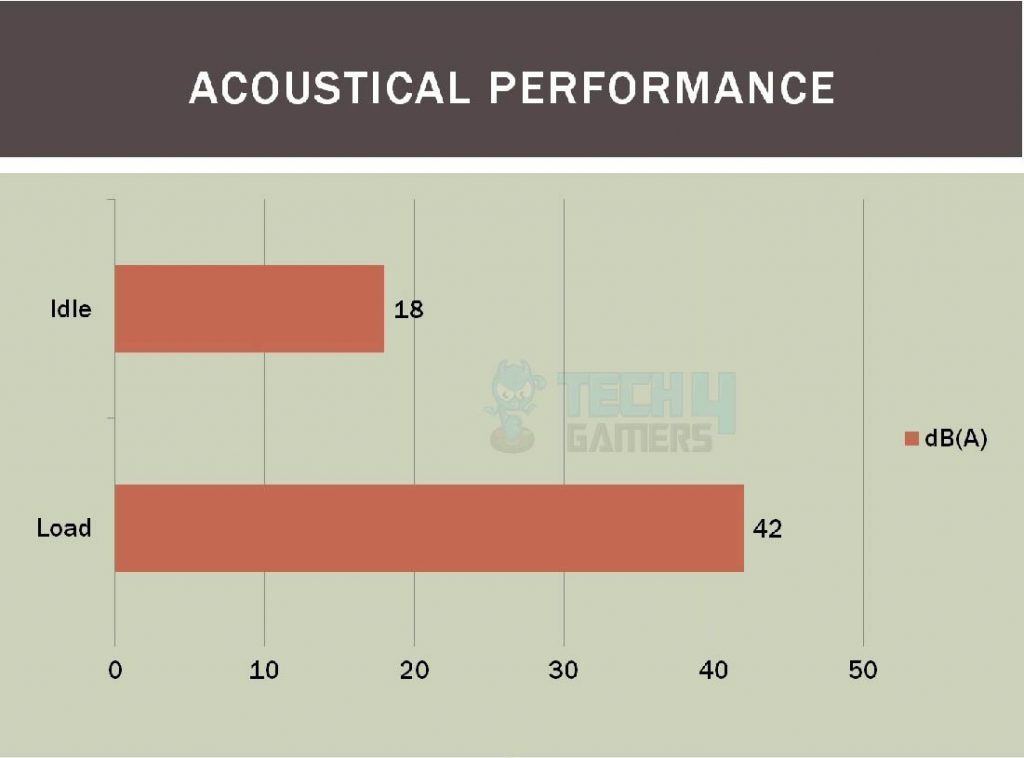
Should You Buy It?
After a detailed assessment of Antec GX330, my conclusion is:
Buy It If
✅ You’re on a Budget with Style: You are on a budget but still want a stylish and functional mid-tower chassis.
✅ You Appreciate Aggressive Aesthetics: You appreciate aggressive and bold aesthetics in PC chassis design.
✅ You Seek Ample Cooling: You are looking for a case with ample cooling options and a built-in fan controller.
Don’t Buy It If
❌ You Prefer Compact Designs: You prefer a compact or minimalistic design for your PC setup.
❌ You Need a User-Friendly Top Panel: You need a chassis with a more user-friendly design.
❌ You Dislike Bold LED Lighting: You do not like bold LED lighting and prefer a more subdued look for your gaming rig.
Final Words
The Antec GX330 Windows BLK High is a budget-friendly gaming chassis with a sleek and bold design. It’s a mid-tower case with dimensions of 490mm x 202mm x 492mm, featuring a black-tinted window panel, 7 PCIe slots, and support for up to 4 storage drives. It comes with two pre-installed 120mm Blue LED fans and a built-in fan controller with three preset modes.
The front panel has a stylish LED line, resembling the Storm Trooper concept. The chassis supports Standard ATX and microATX motherboards, graphics cards up to 400mm, and CPU coolers up to 150mm. It offers excellent cooling options with space for up to 7 120mm fans. The GX330 has a 5.25” OD bay at the top that can be removed for additional cooling options.
Despite some design considerations, like the inconvenient top panel removal, the chassis stands out with its cooling potential, solid build, LED lighting, and a 2-year warranty.
Recent Updates
- February 26, 2024: A few text changes to improve readability. Added image galleries.
Thank you! Please share your positive feedback. 🔋
How could we improve this post? Please Help us. 😔
[Hardware Reviewer & Editor]
Meet Nauman Siddique, a highly experienced computer science graduate with more than 15 years of knowledge in technology. Nauman is an expert in the field known for his deep understanding of computer hardware.
As a tech tester, insightful reviewer, and skilled hardware editor, Nauman carefully breaks down important parts like motherboards, graphics cards, processors, PC cases, CPU coolers, and more.
- 15+ years of PC Building Experience
- 10+ years of first-hand knowledge of technology
- 7+ years of doing in-depth testing of PC Hardware
- A motivated individual with a keen interest in tech testing from multiple angles.
- I majored in Computer Science with a Masters in Marketing
- Previously worked at eXputer, EnosTech, and Appuals.
- Completed Course in Computer Systems Specialization From Illinois Tech


 Threads
Threads
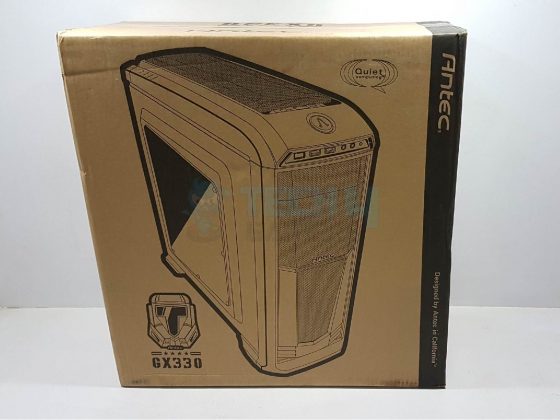

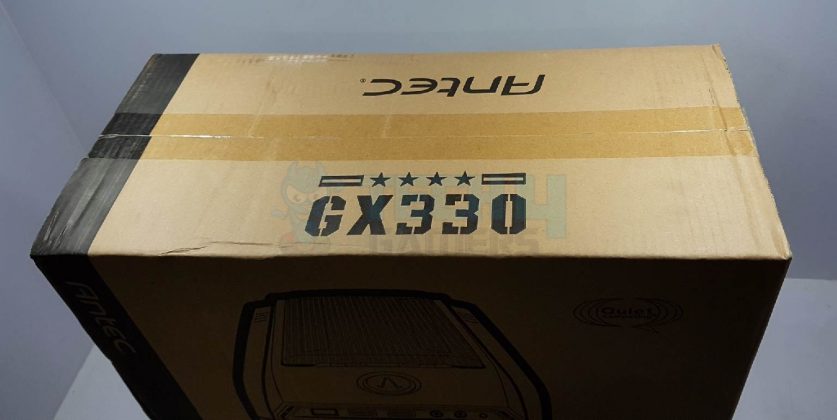
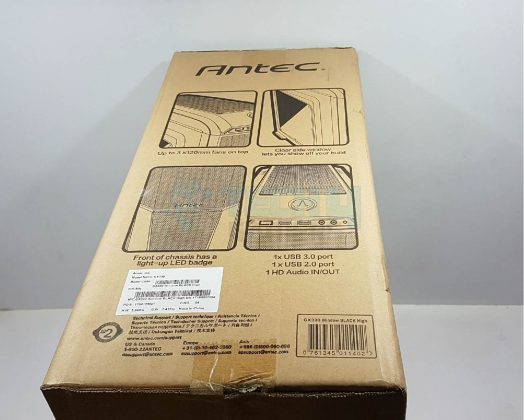
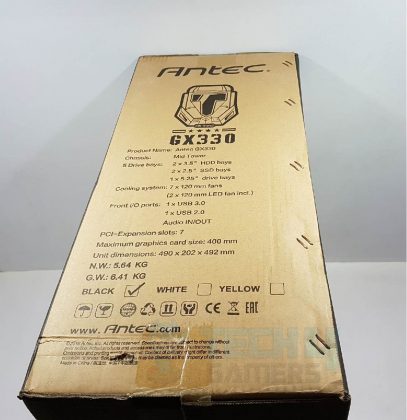
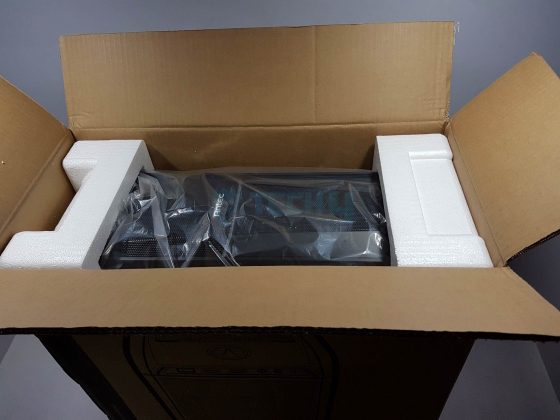
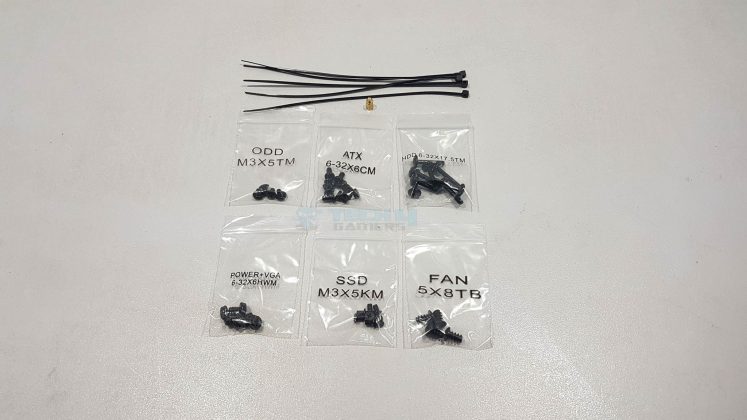
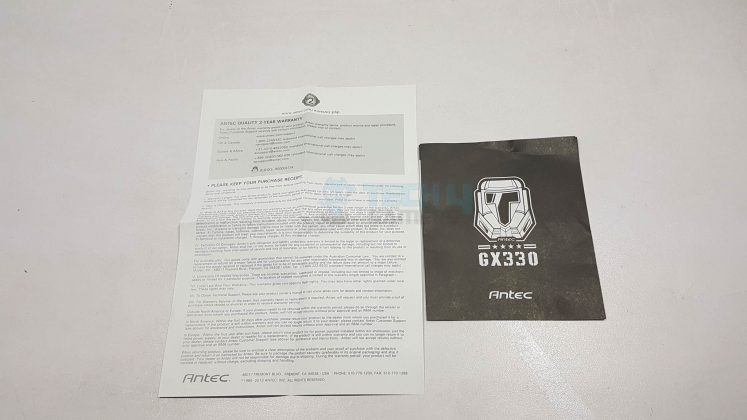
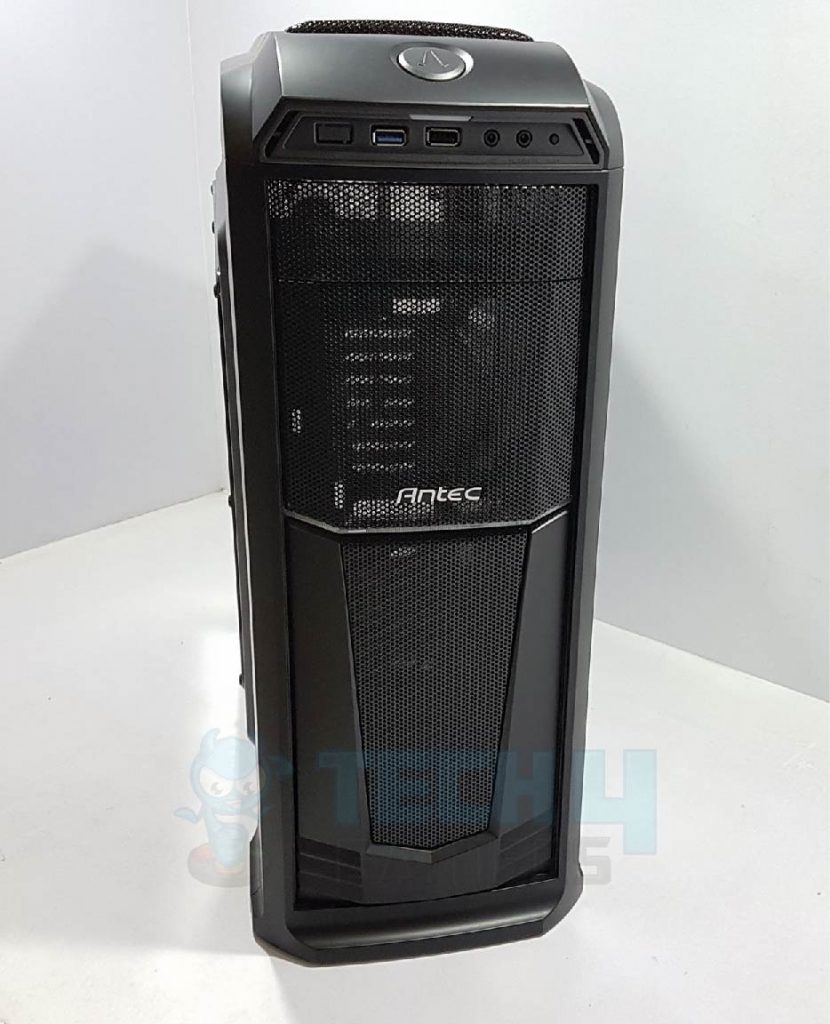
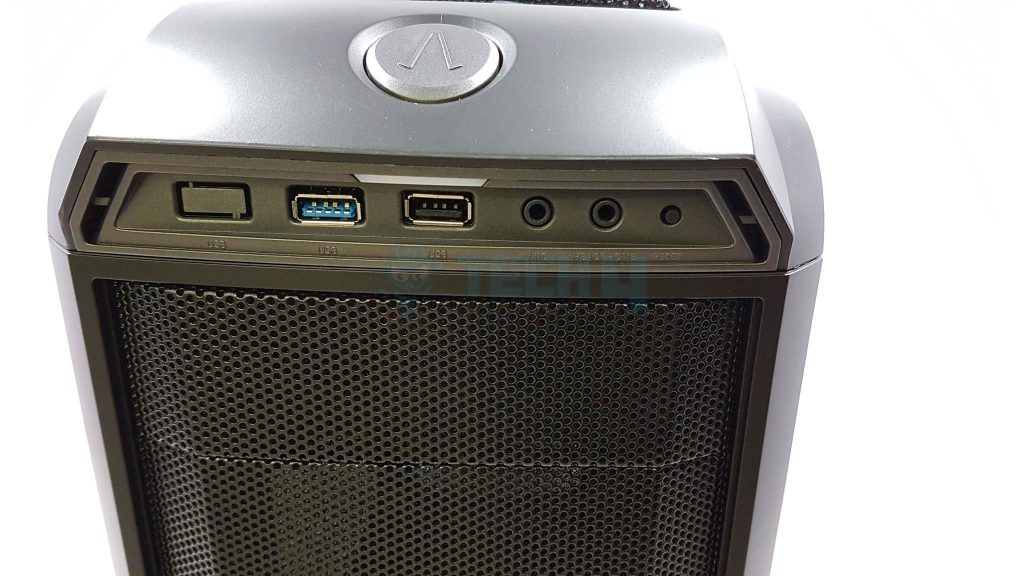
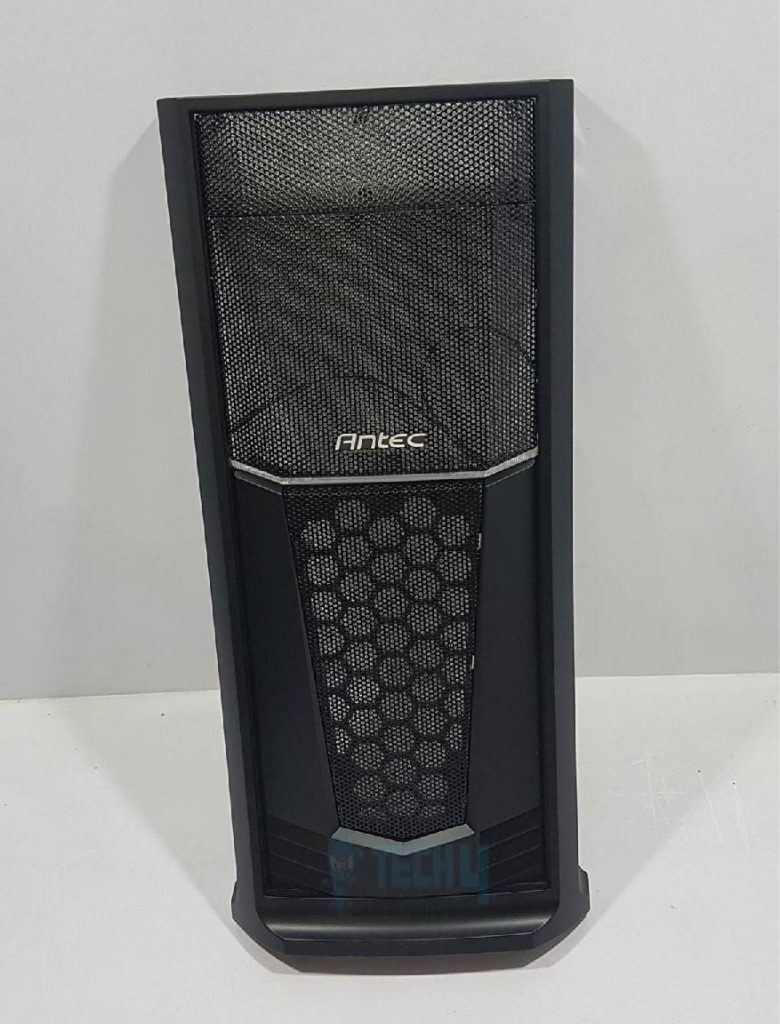
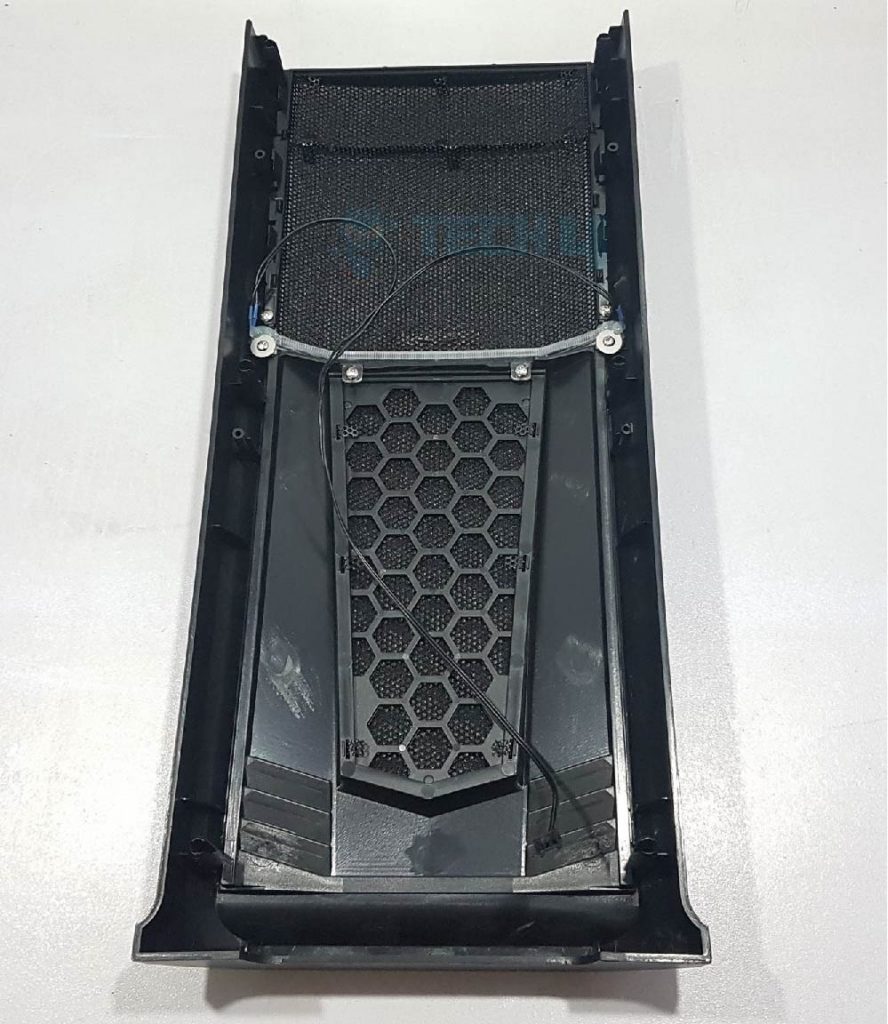
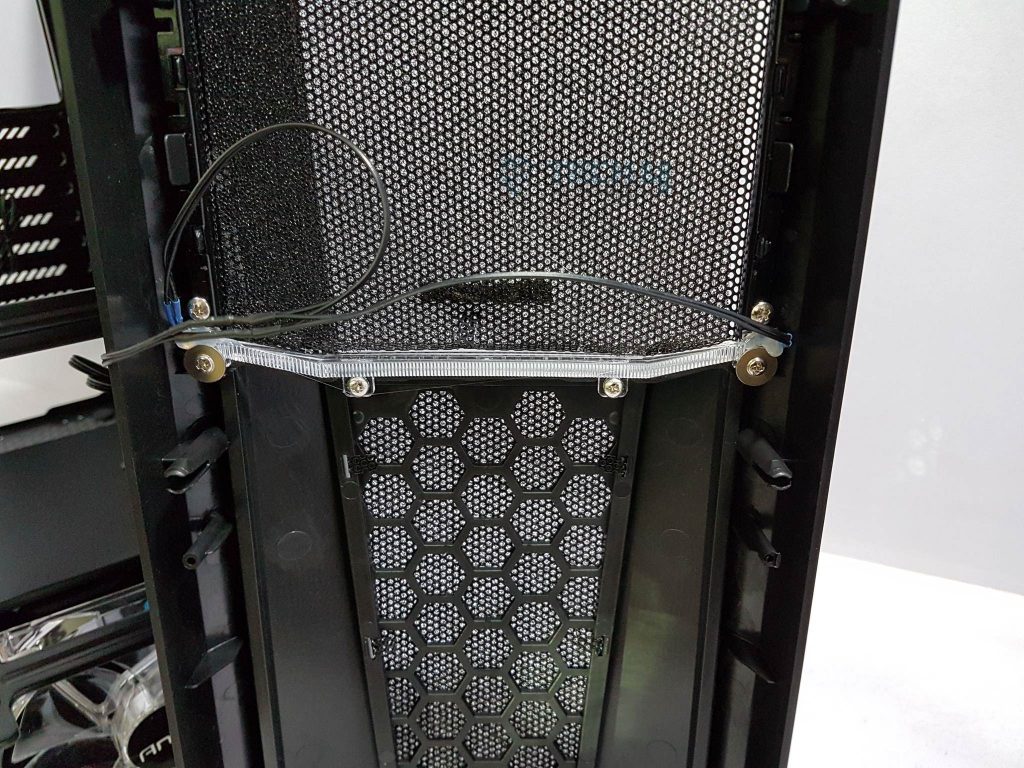
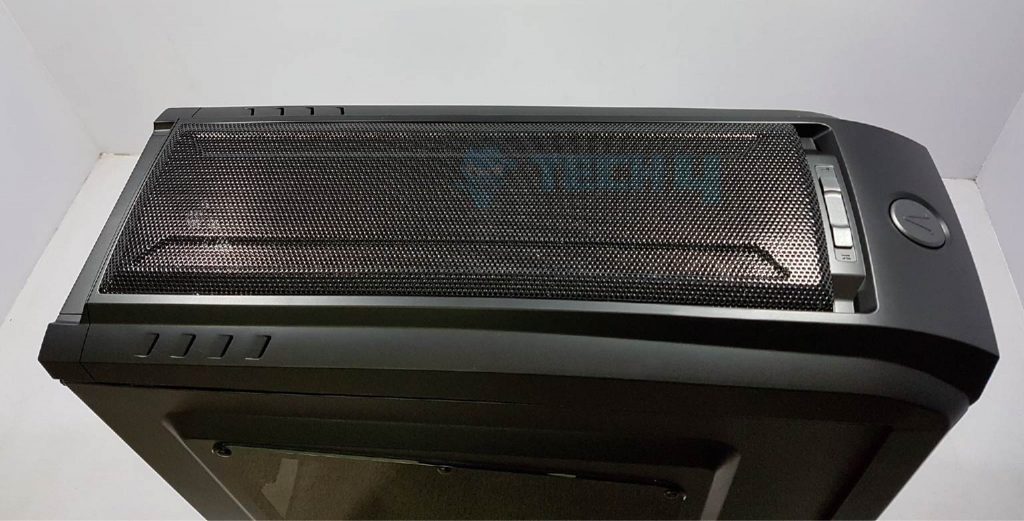
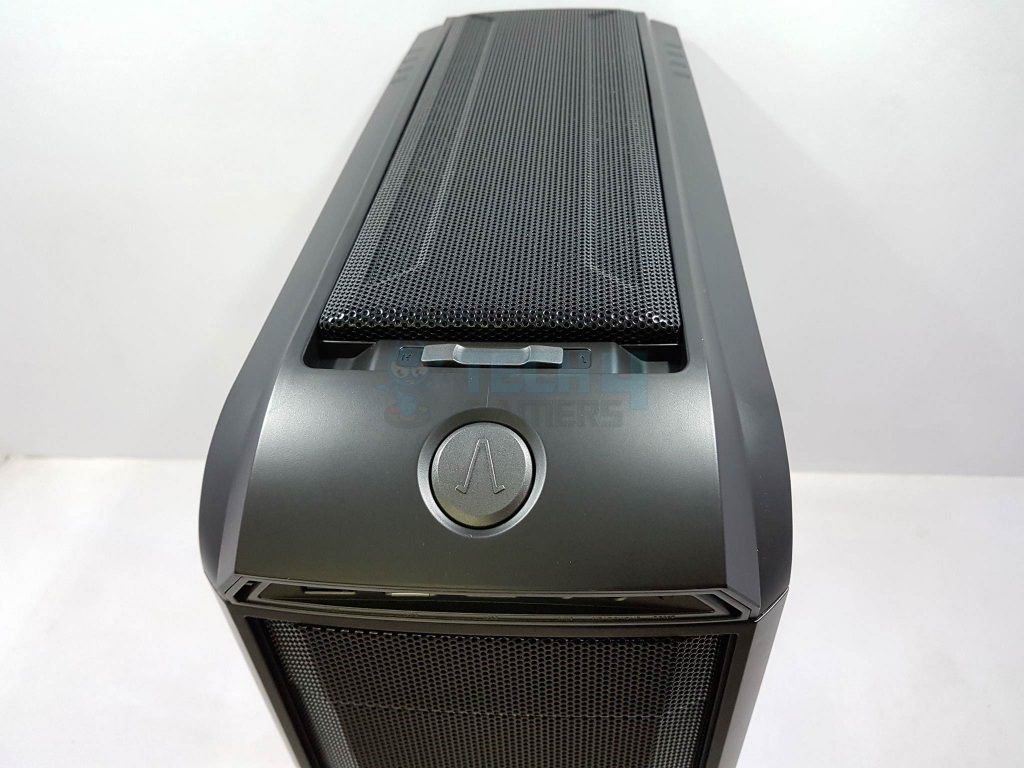
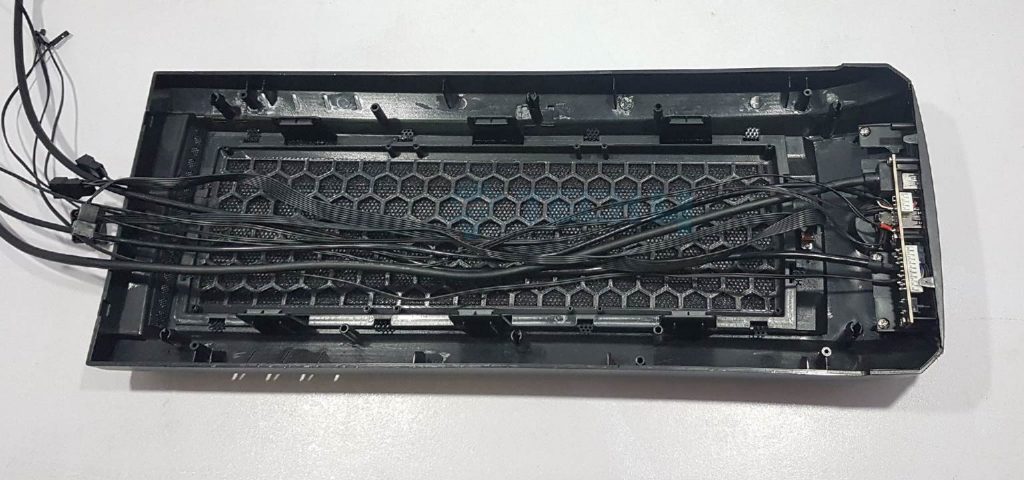
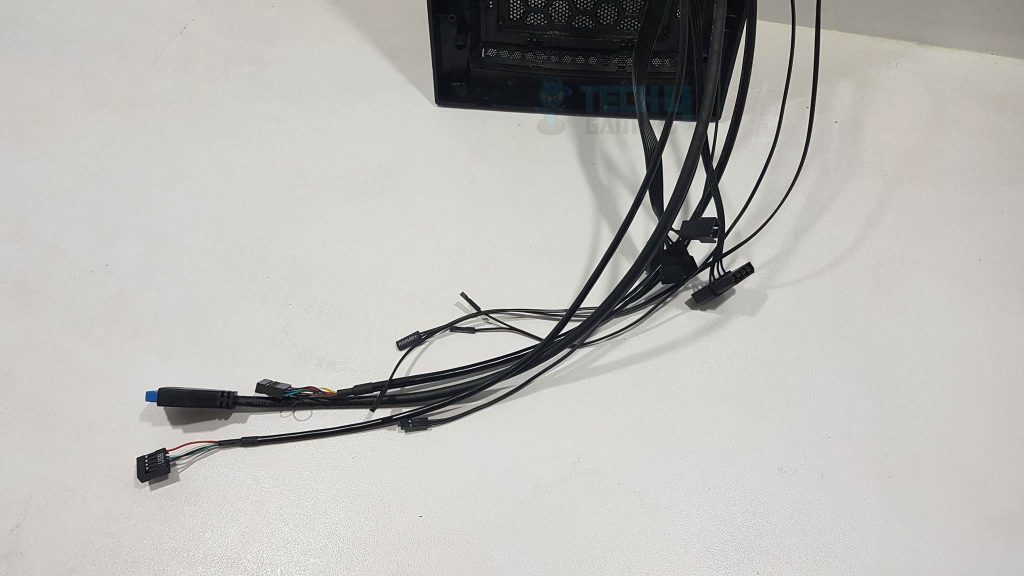
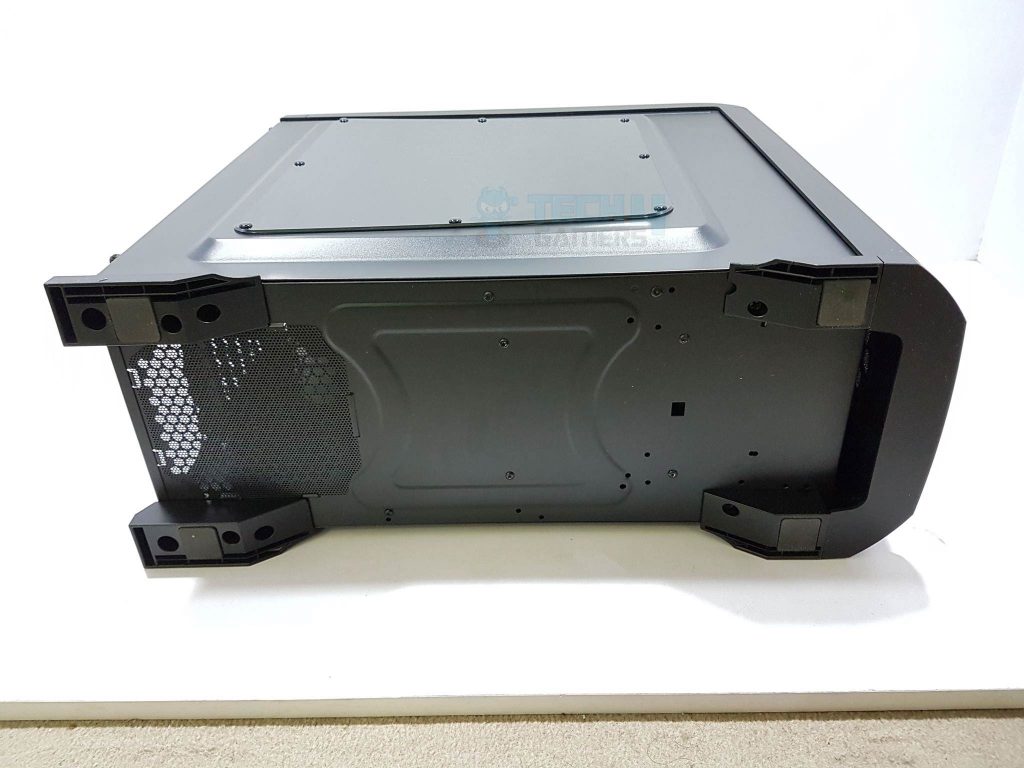
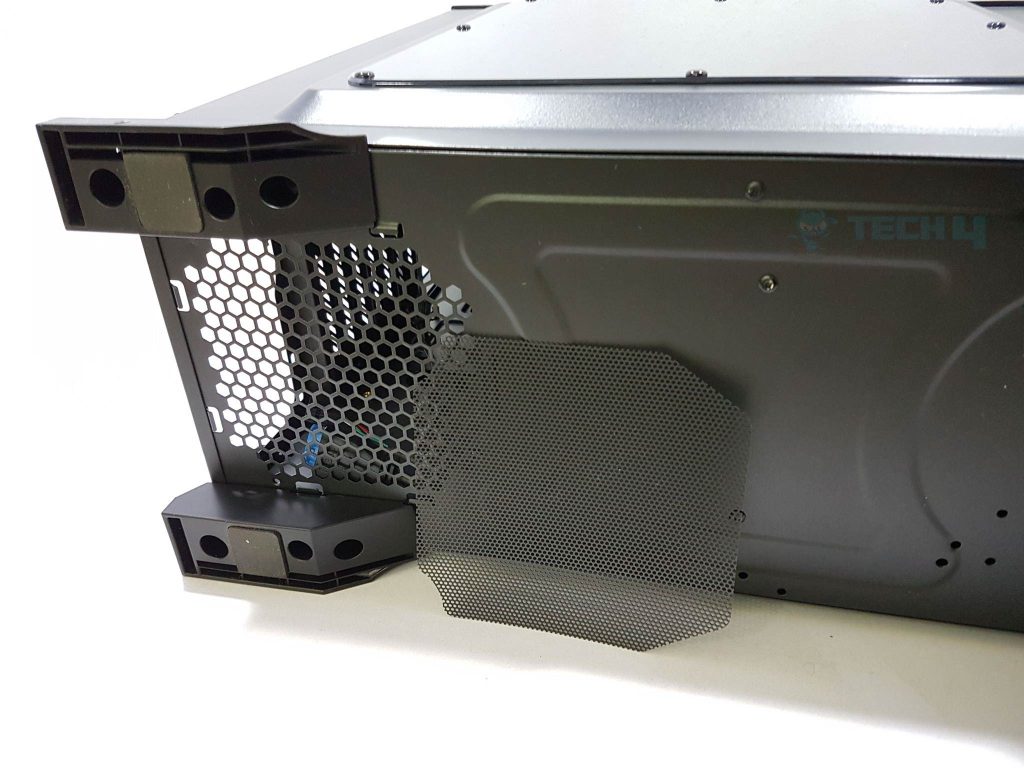
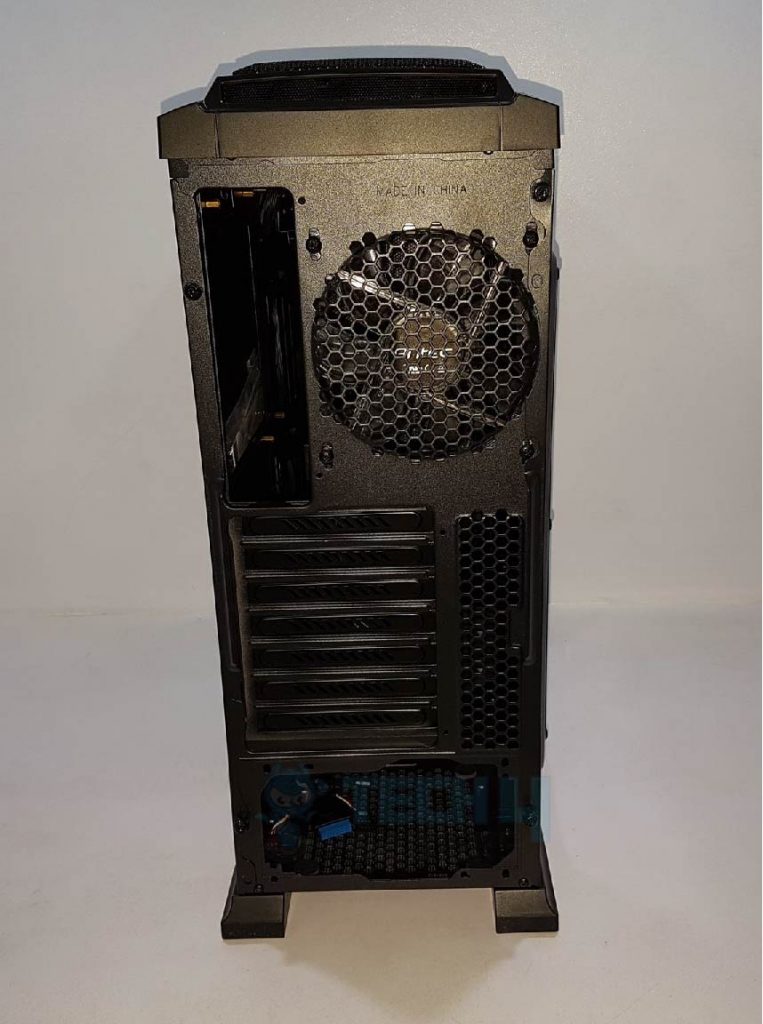
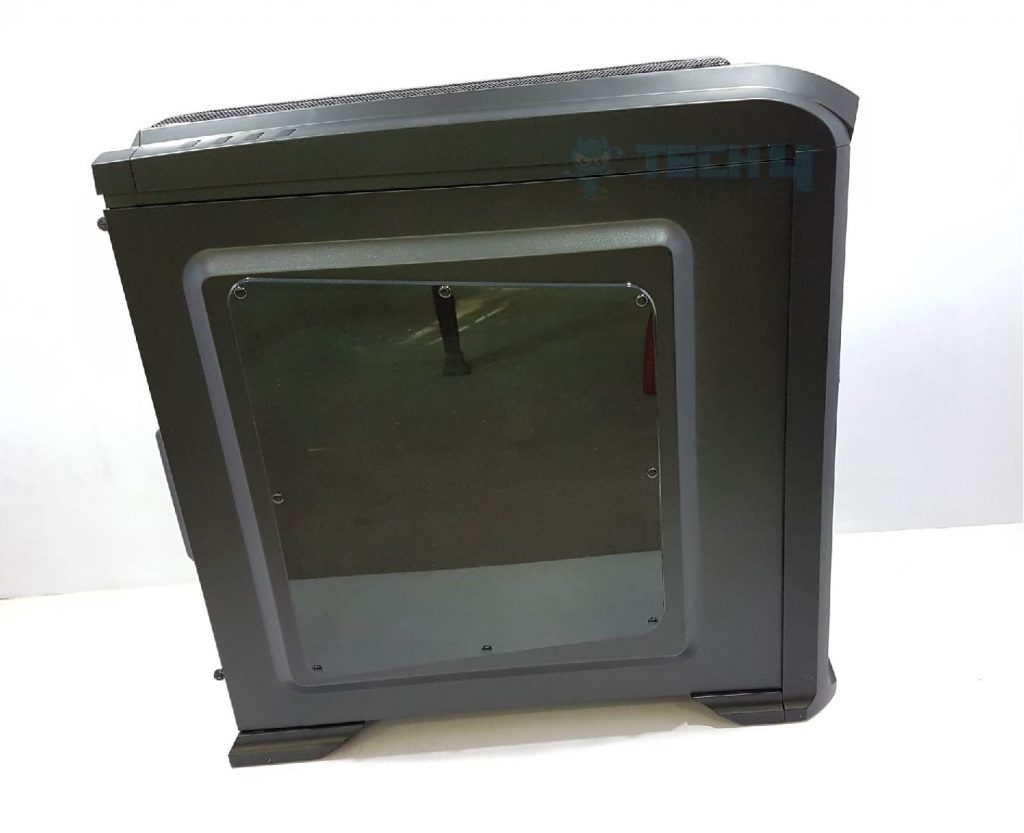
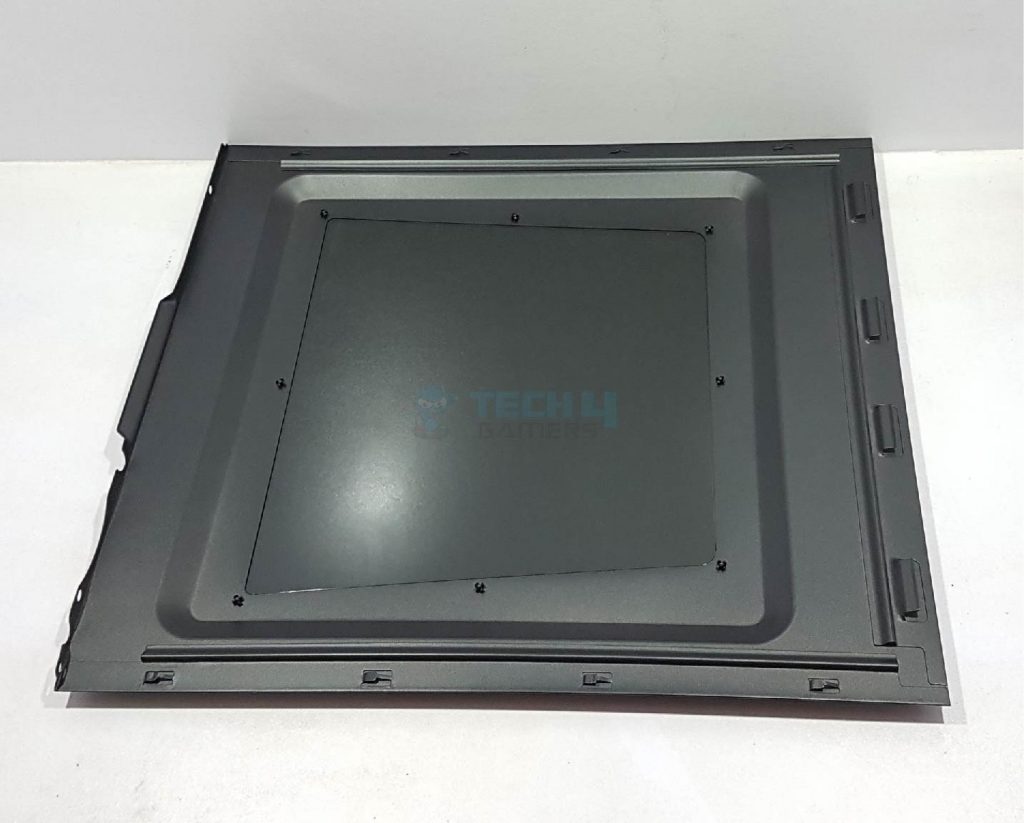
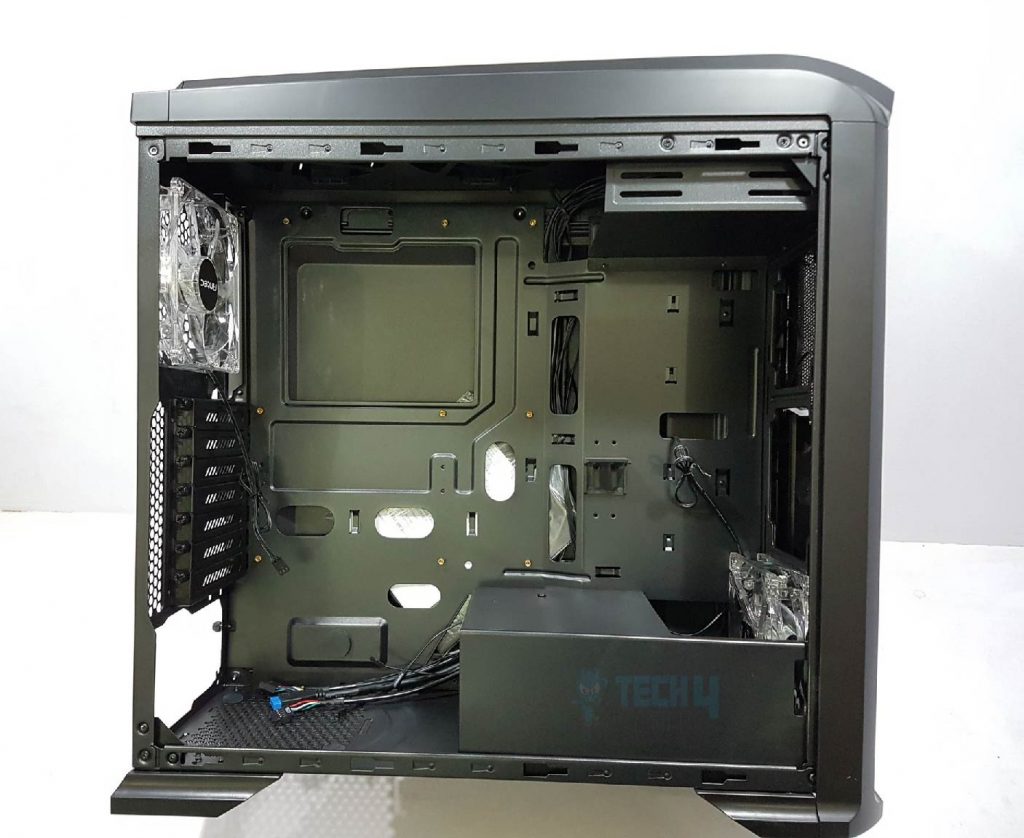
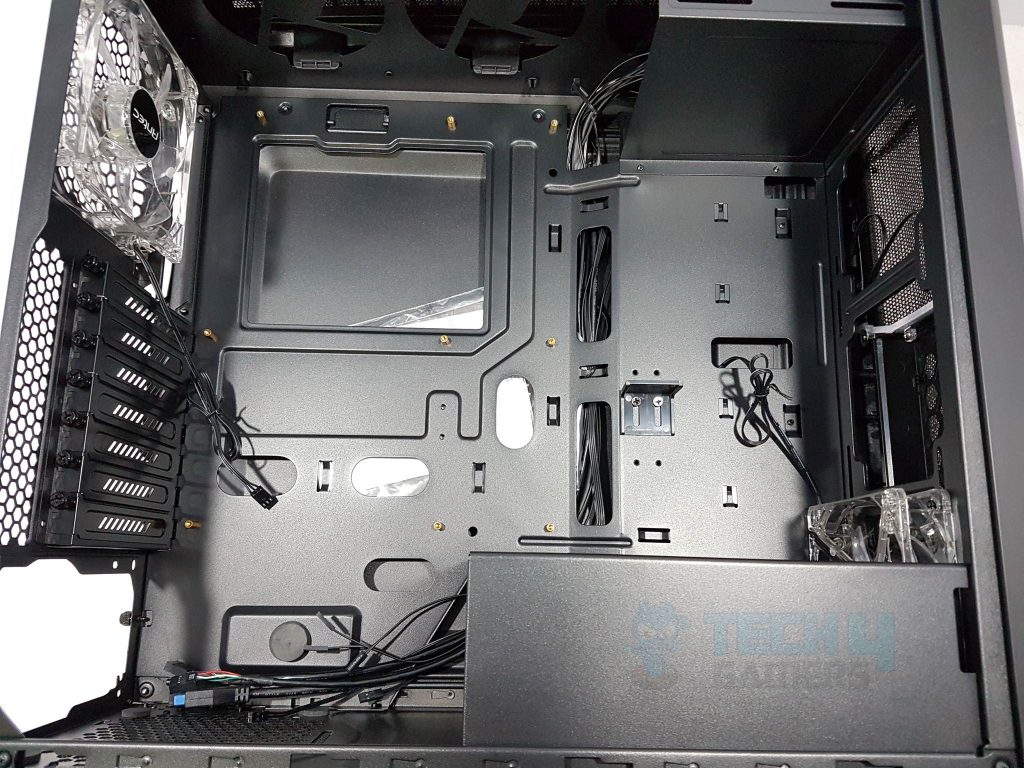
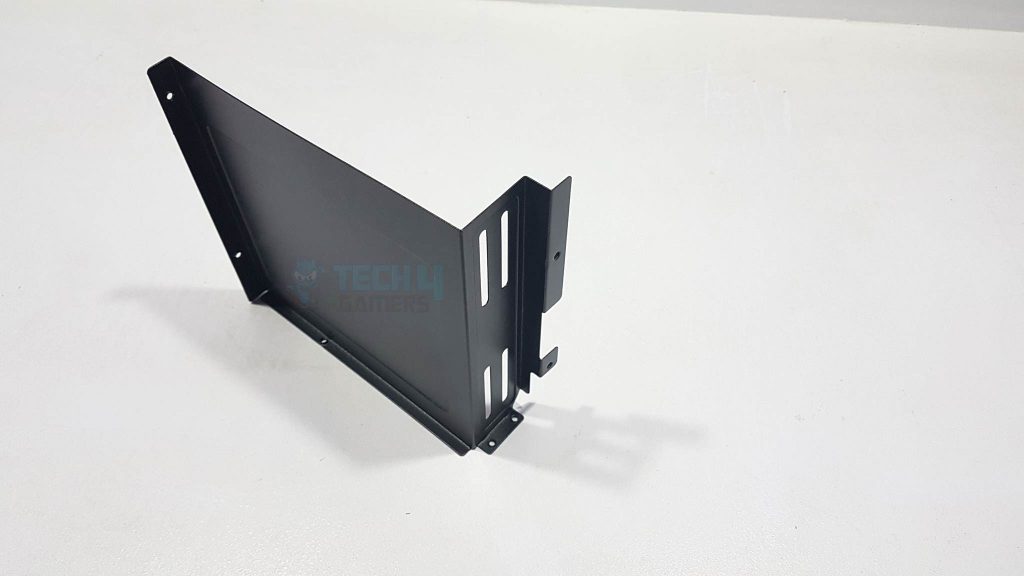
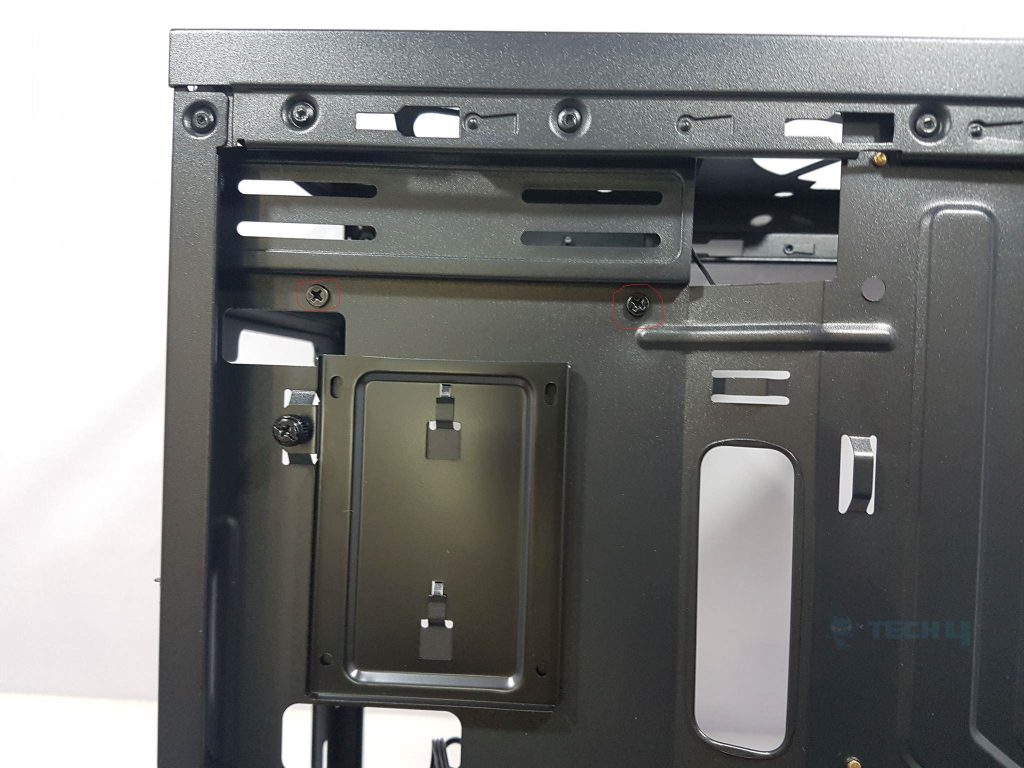
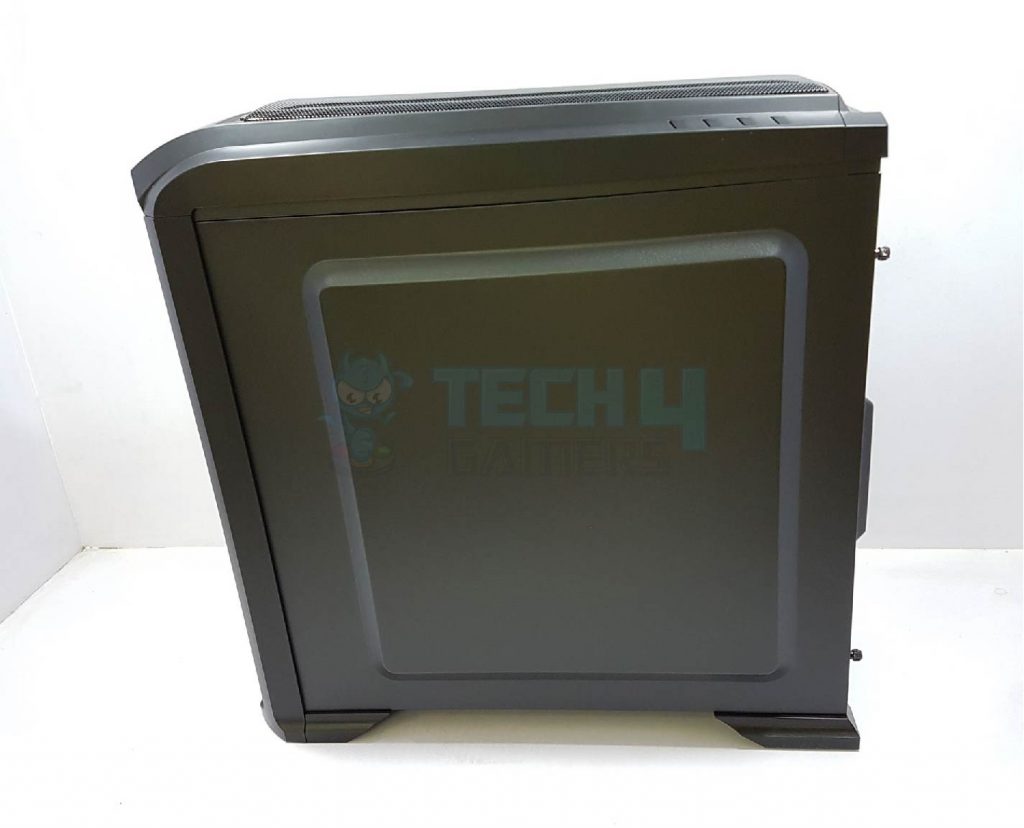
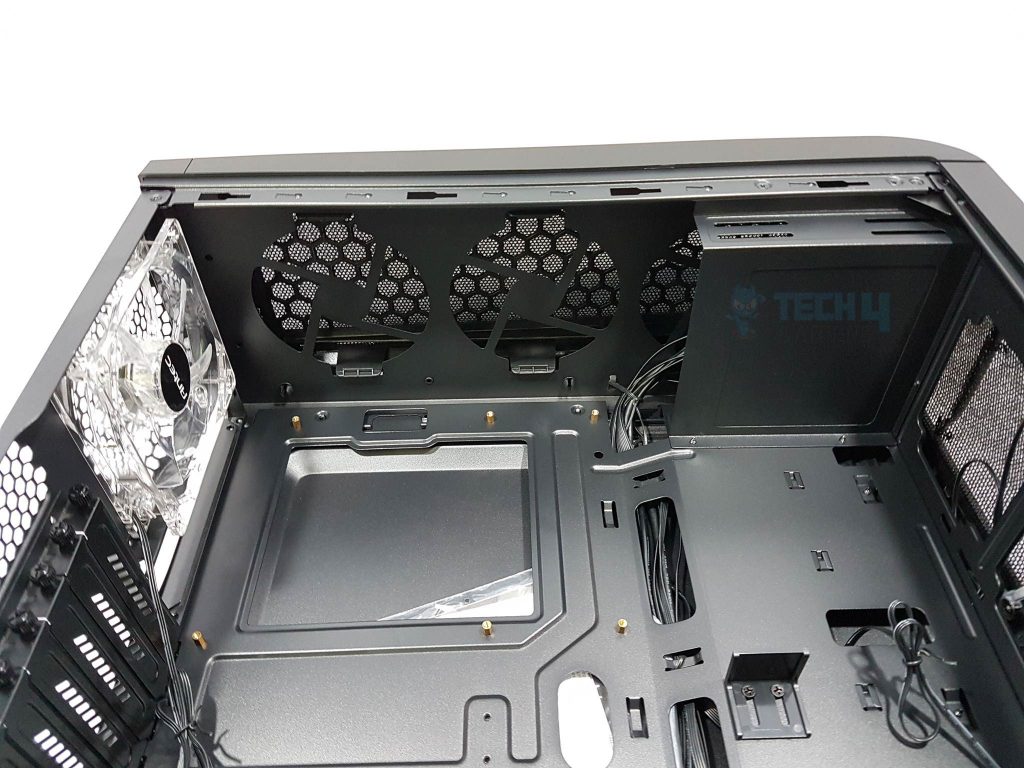
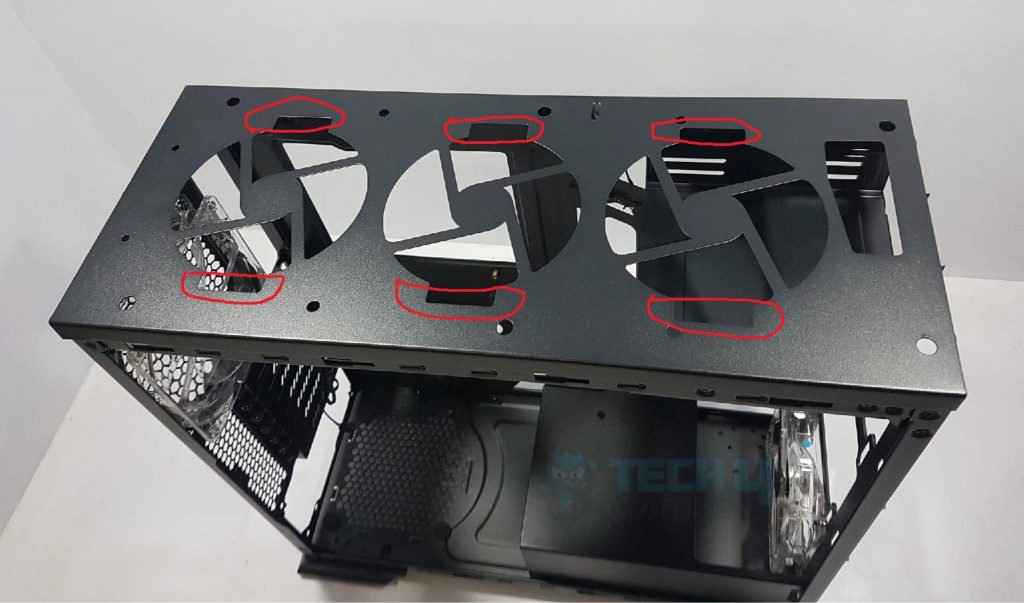
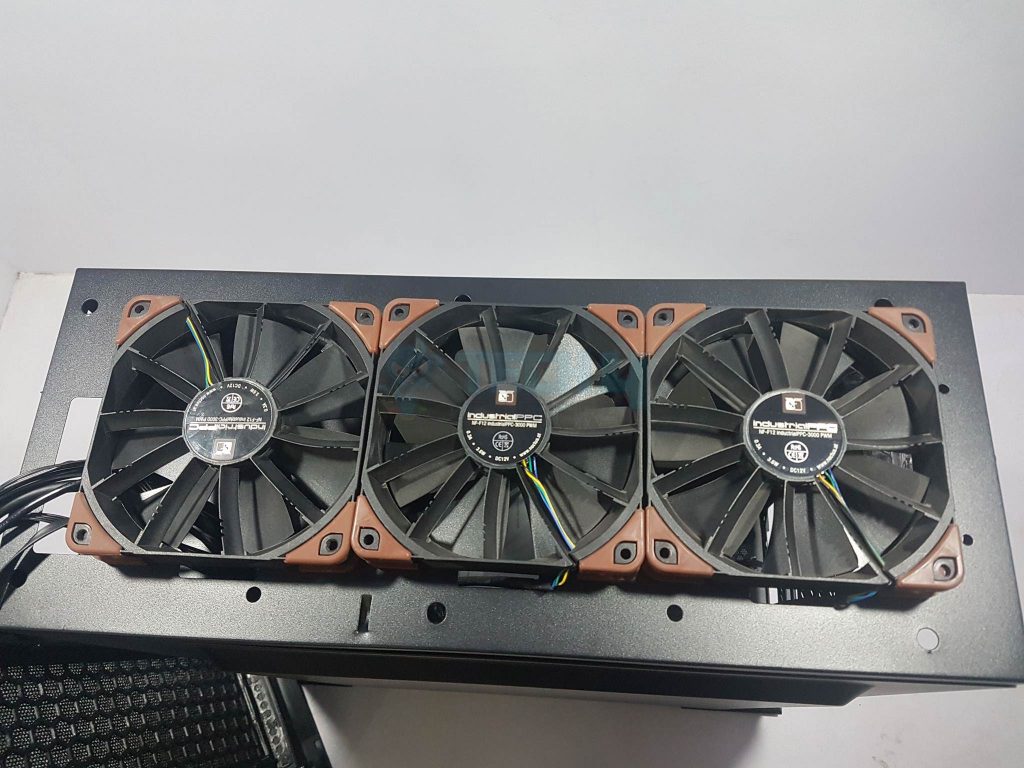
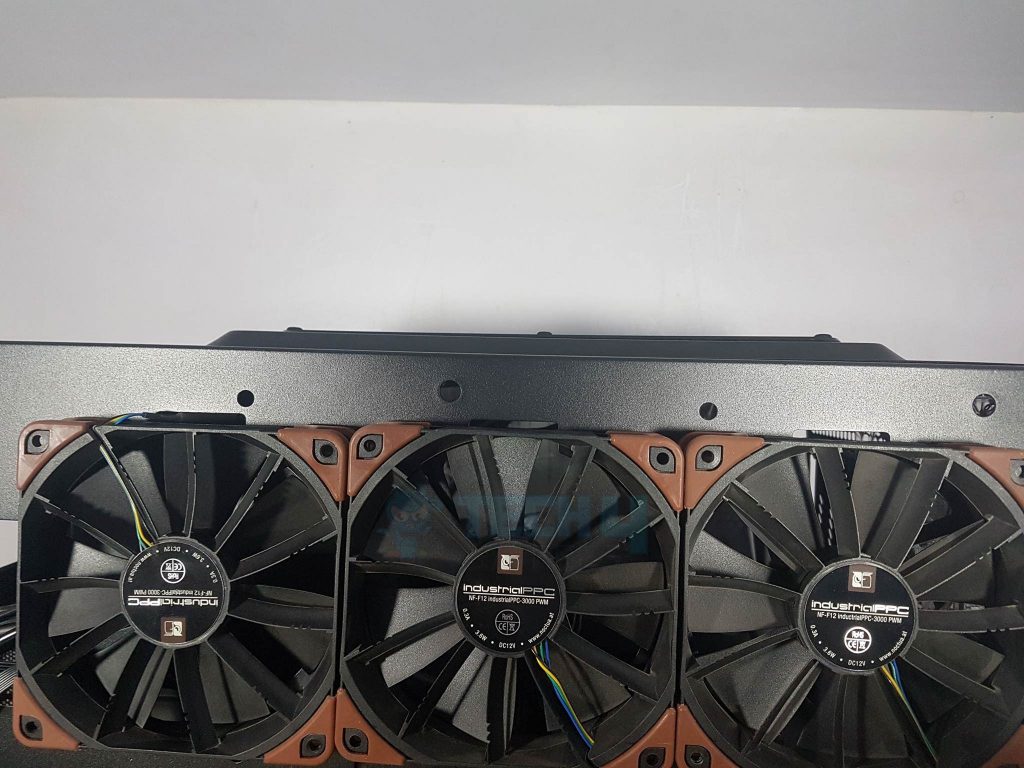
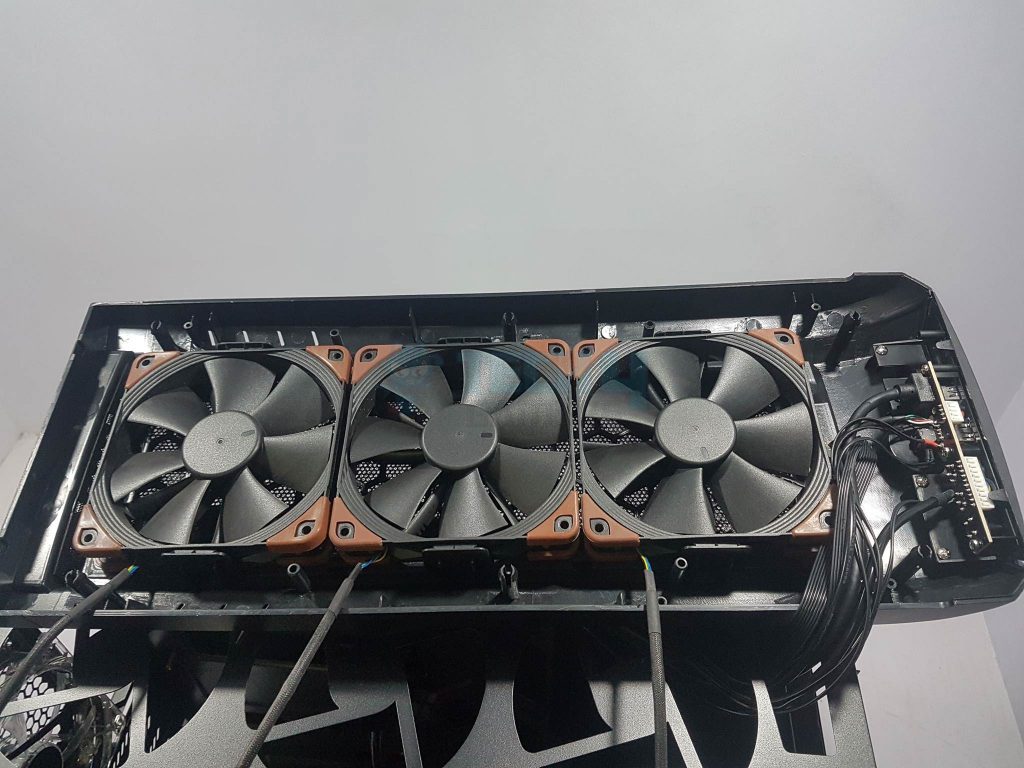
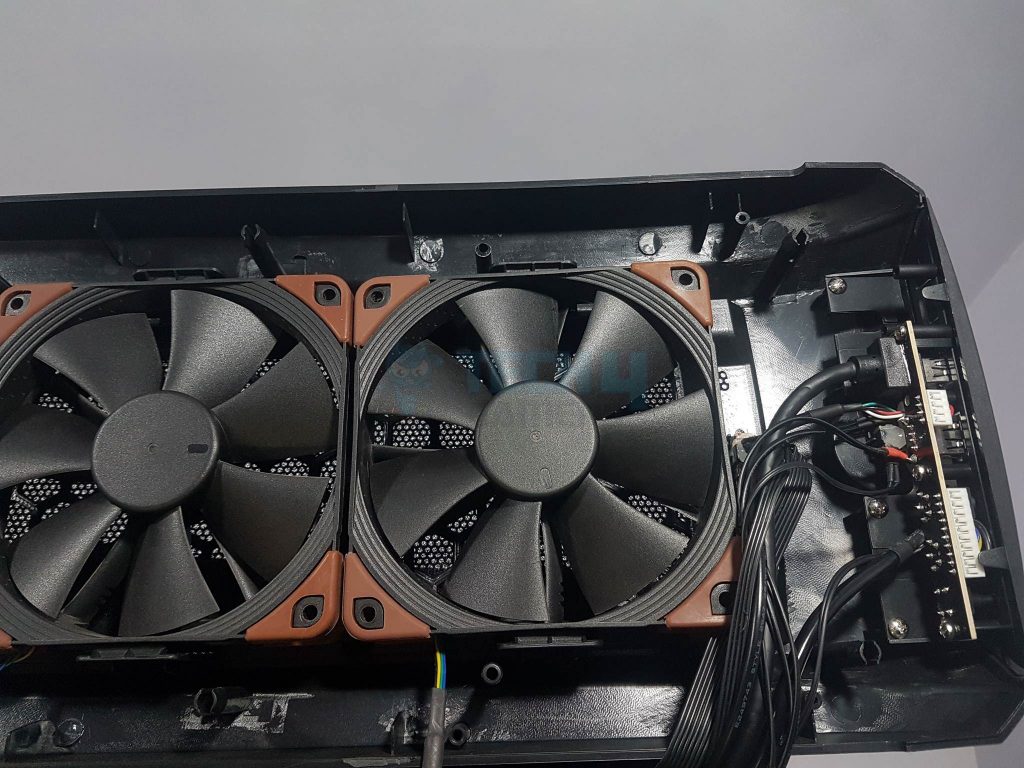
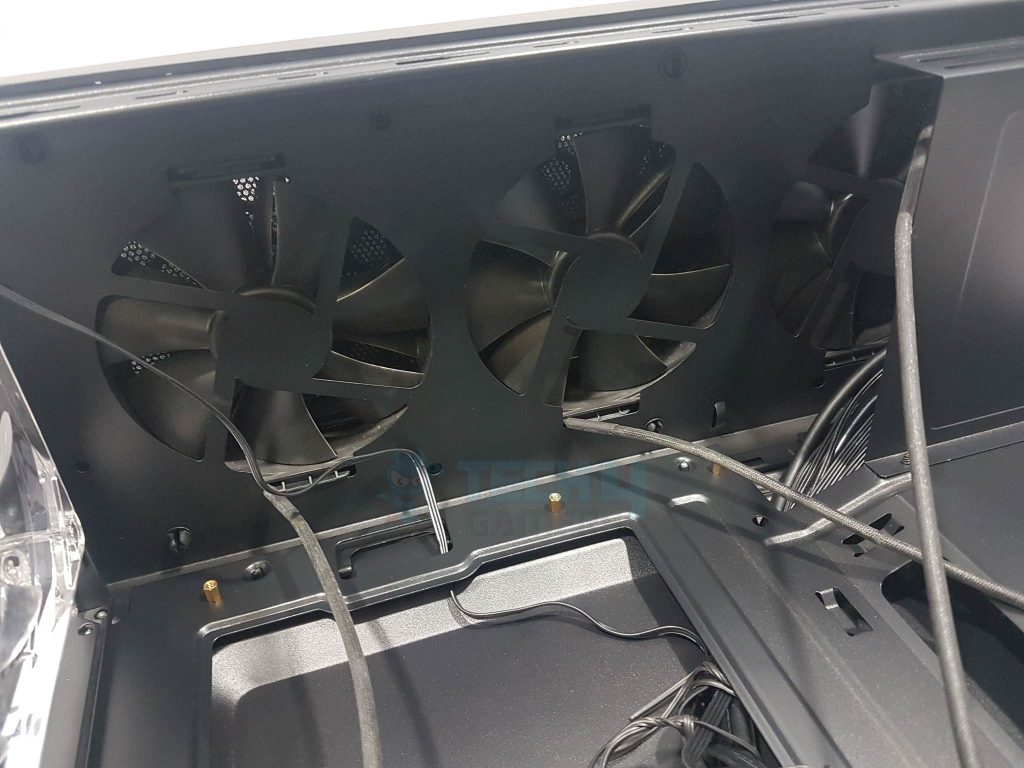
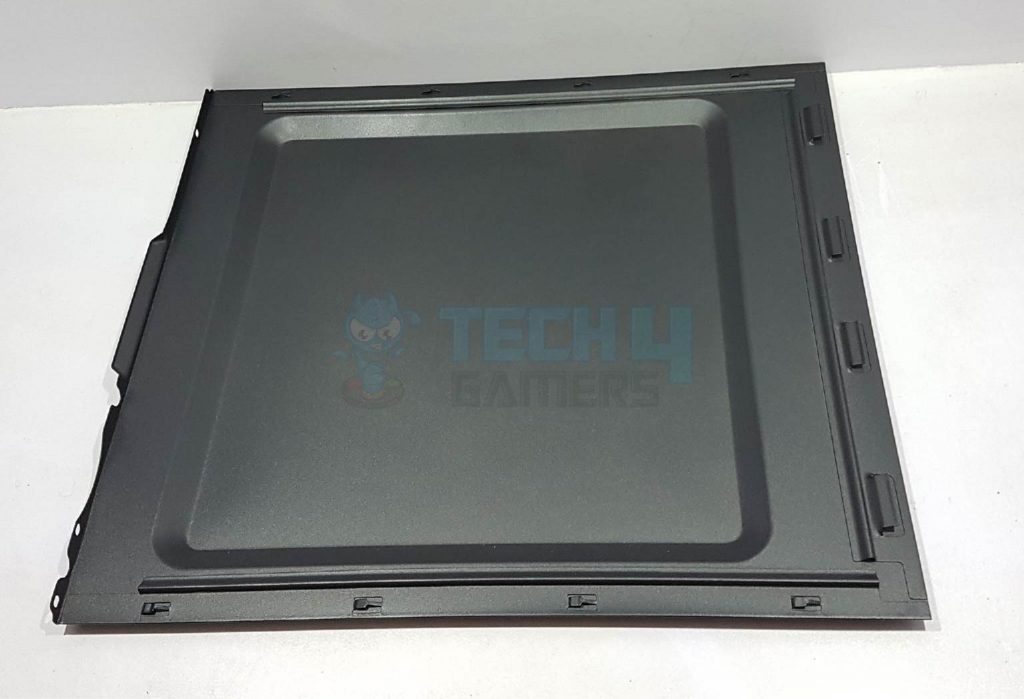
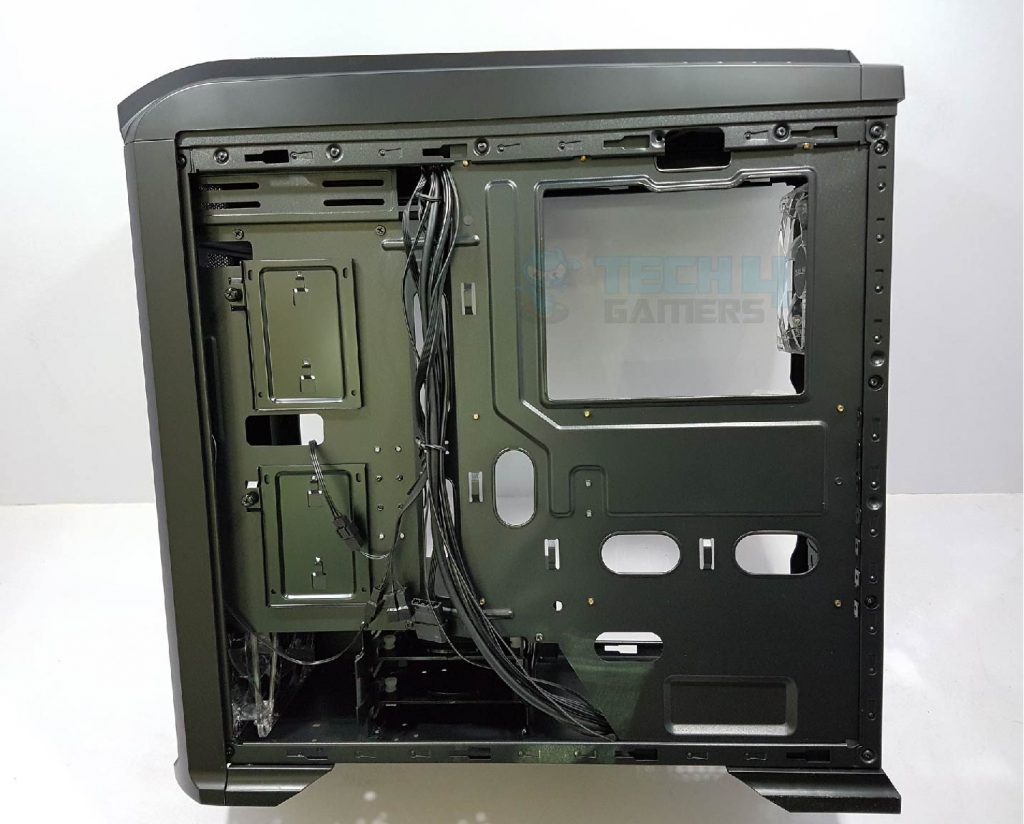
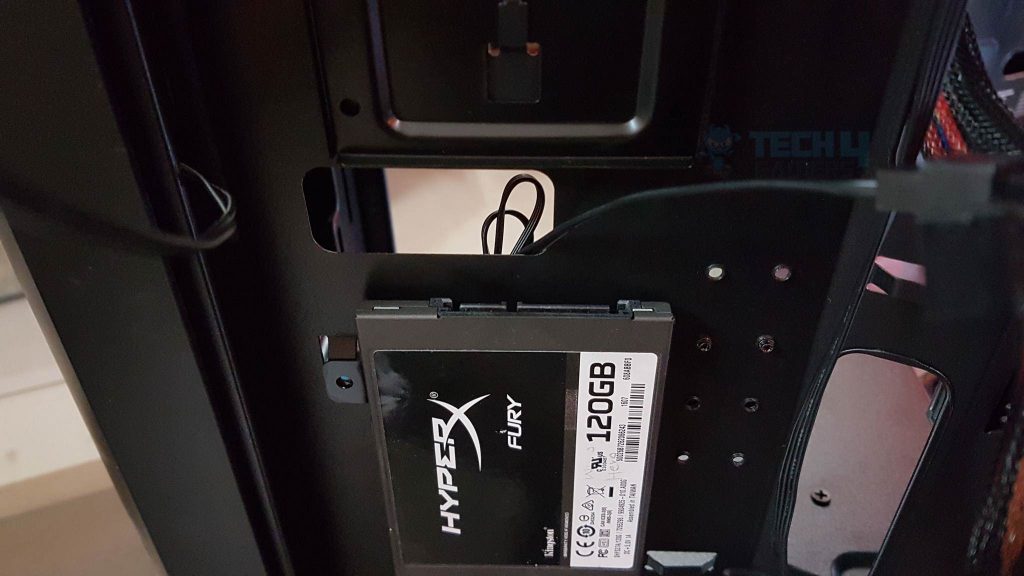
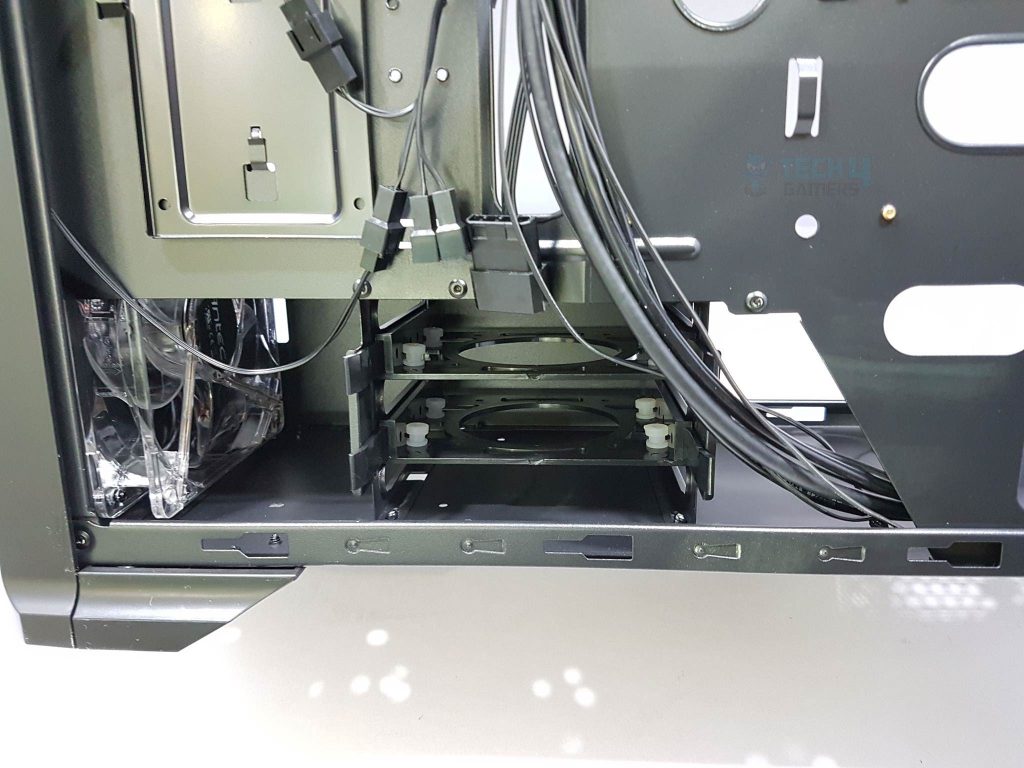
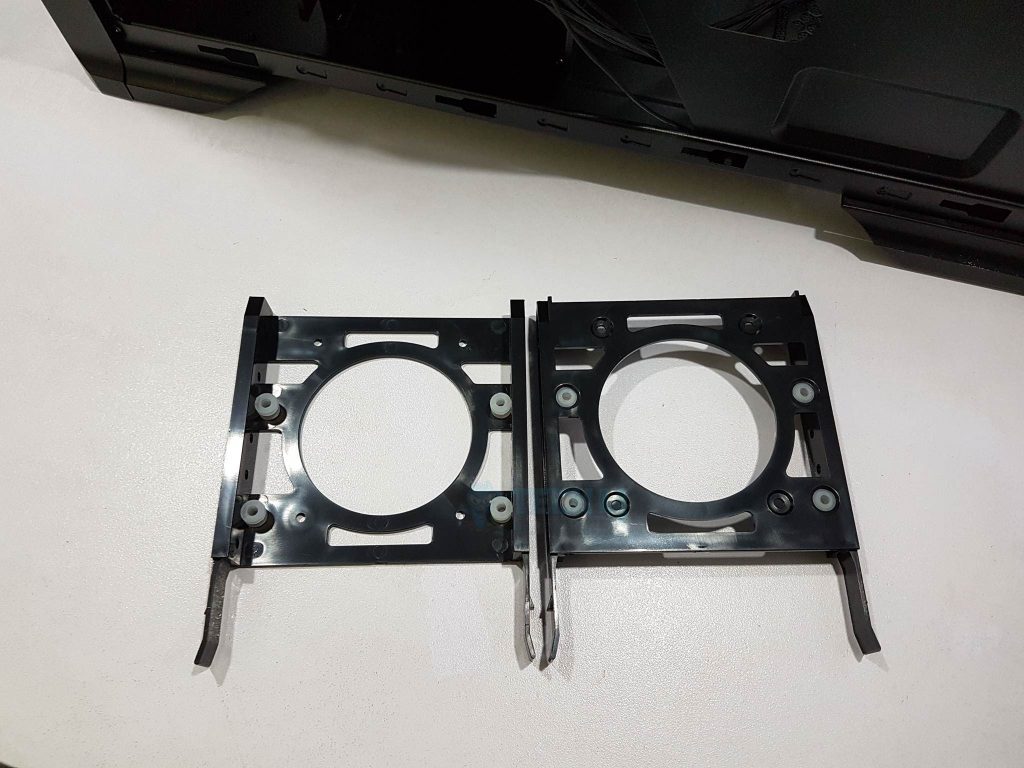
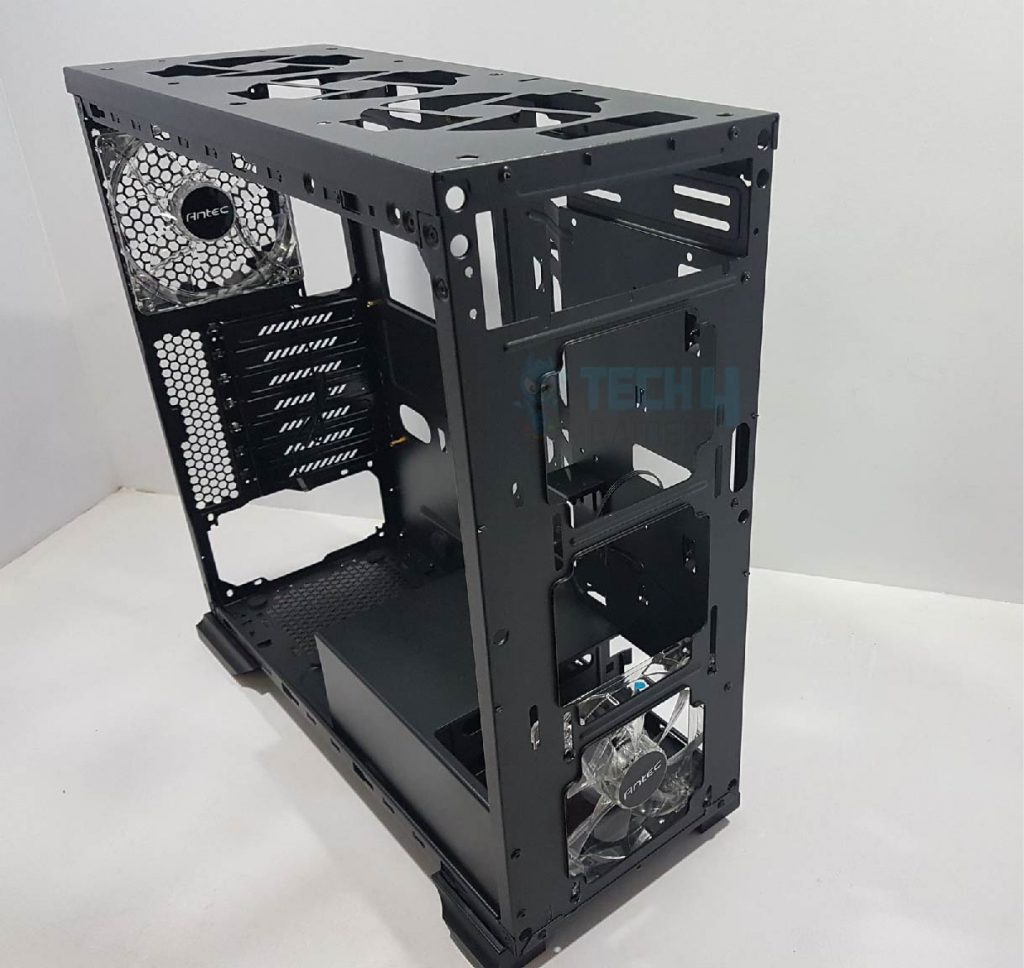
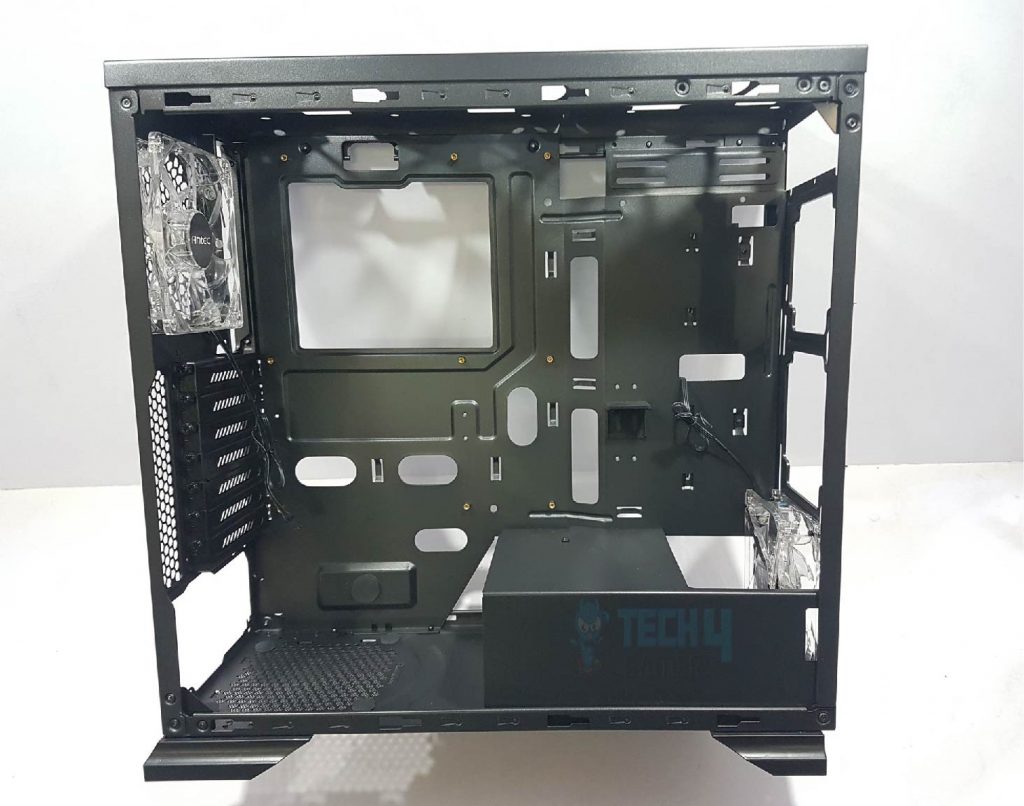
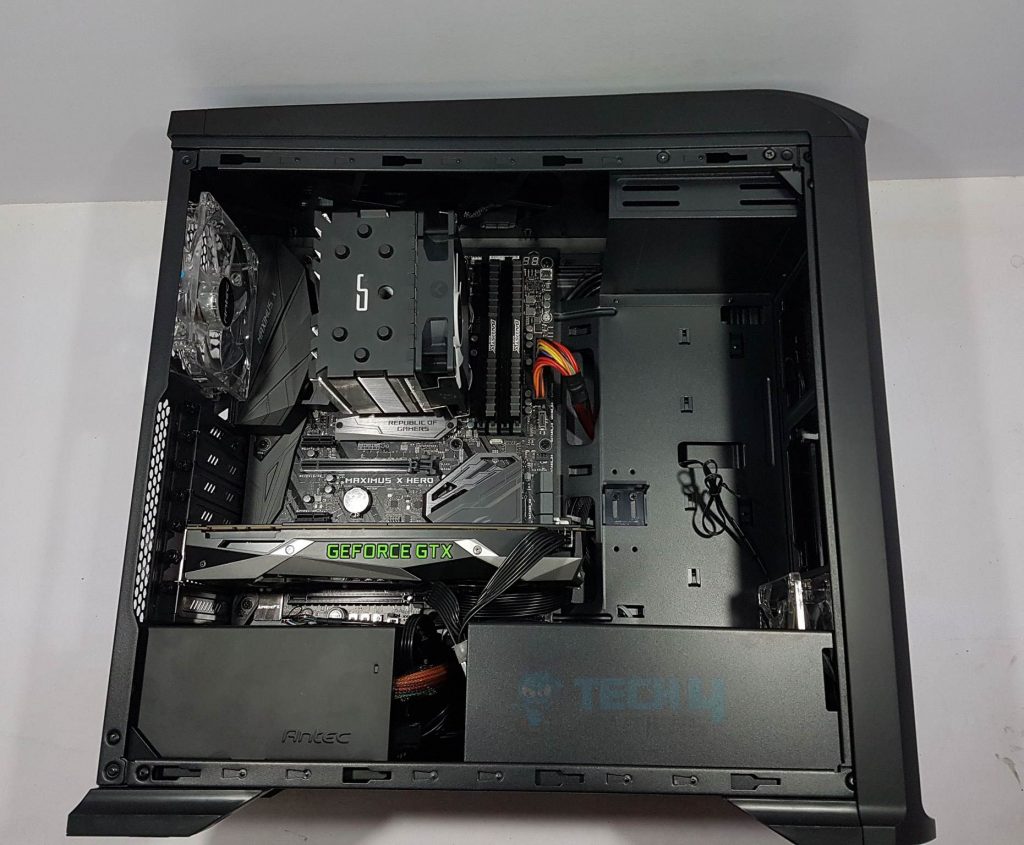
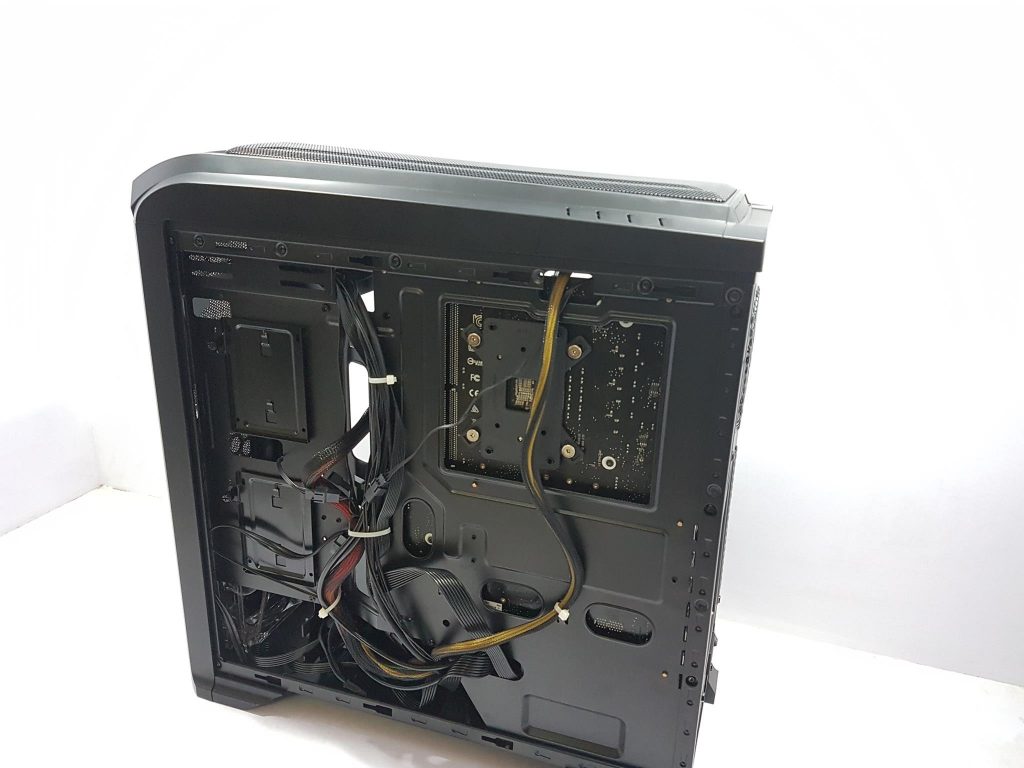
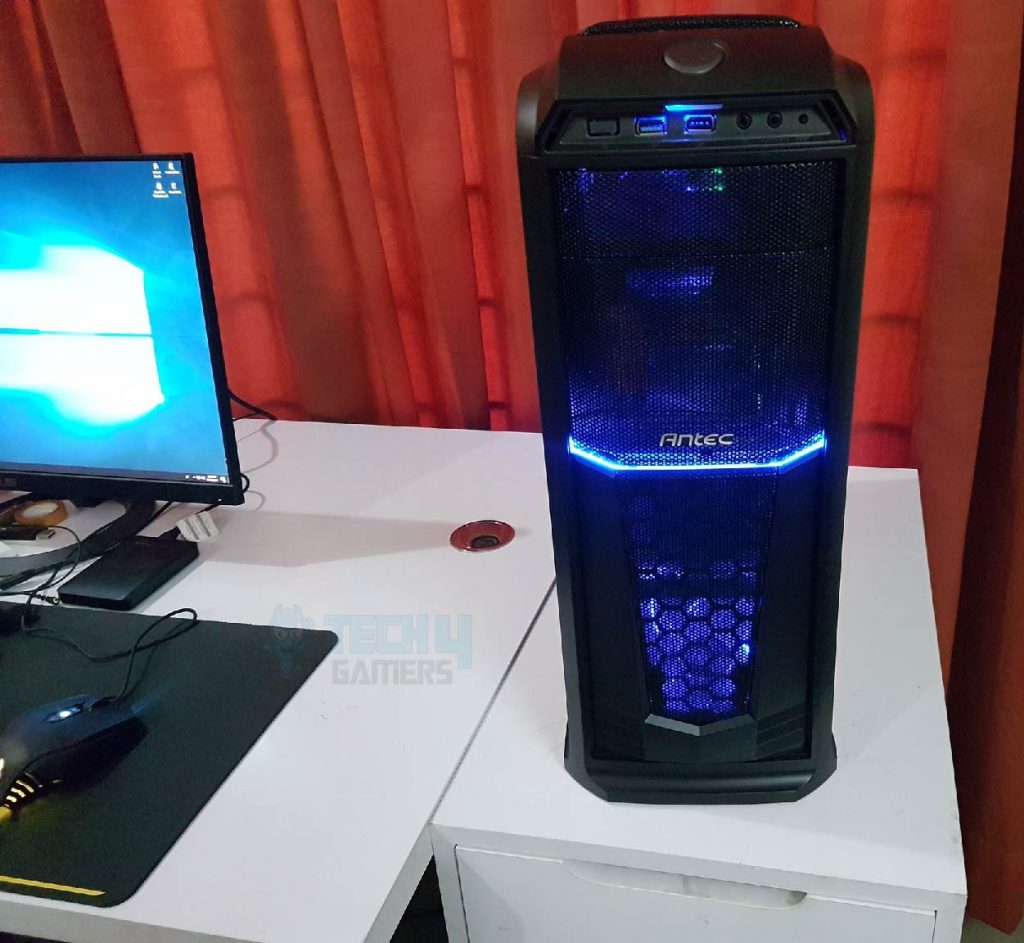
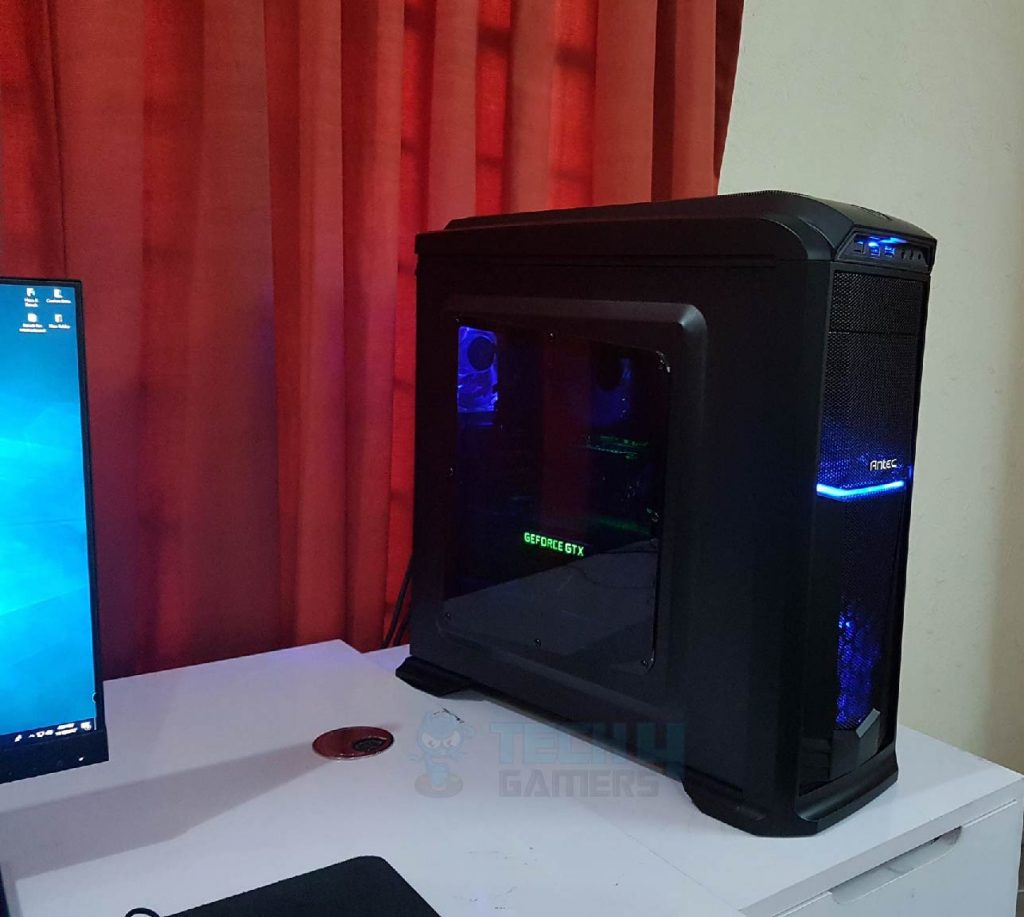

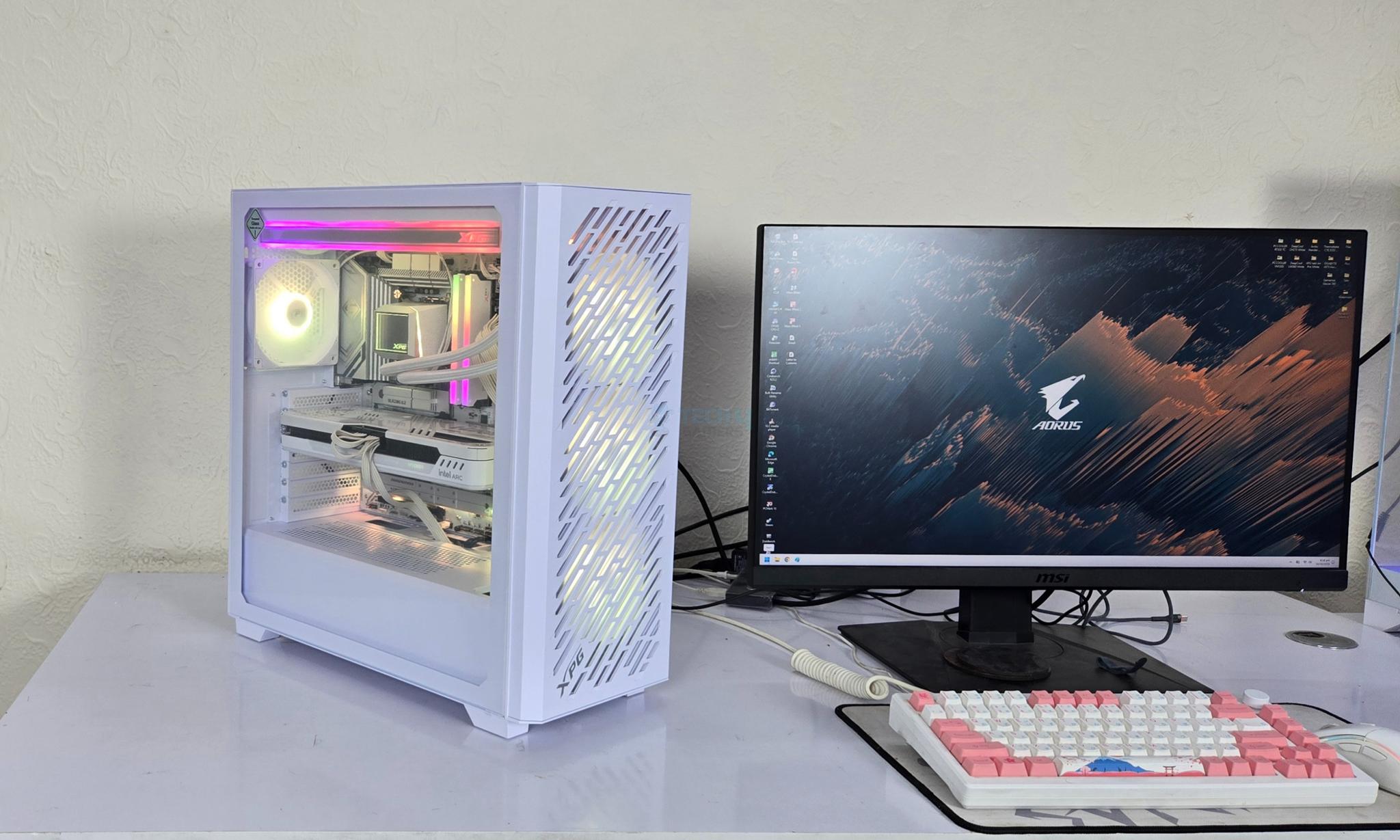
![5 BEST Open Air PC Case [High-End & Budget] Best Open Air PC Case](https://tech4gamers.com/wp-content/uploads/2023/08/Best-Open-Air-PC-Case-218x150.jpg)
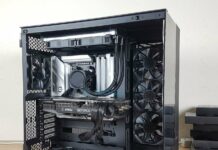
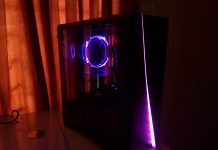
![6 BEST Quiet PC Cases [Silent Cases] Best Quiet PC Cases](https://tech4gamers.com/wp-content/uploads/2023/02/Best-Quiet-PC-Cases-218x150.jpg)